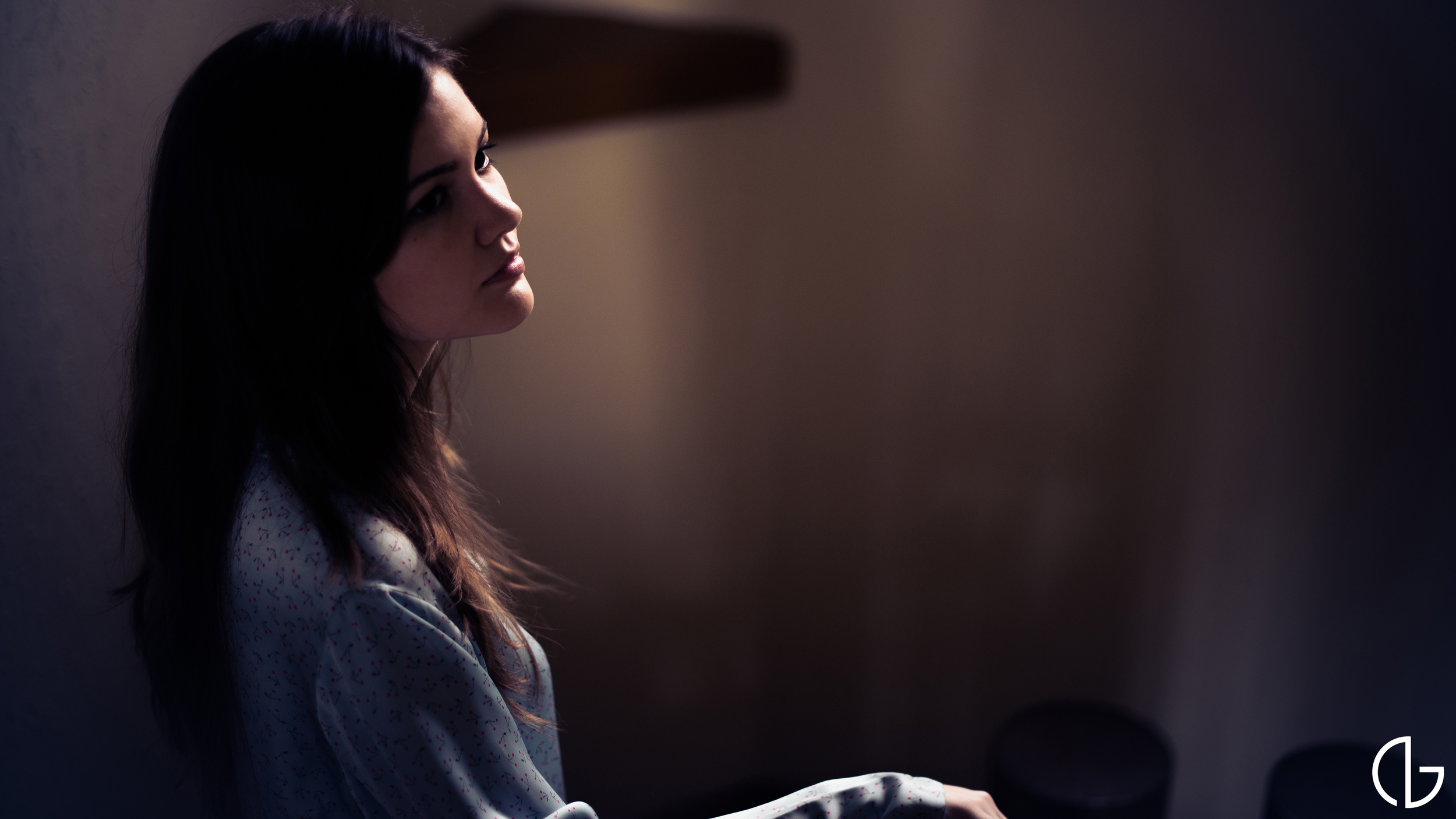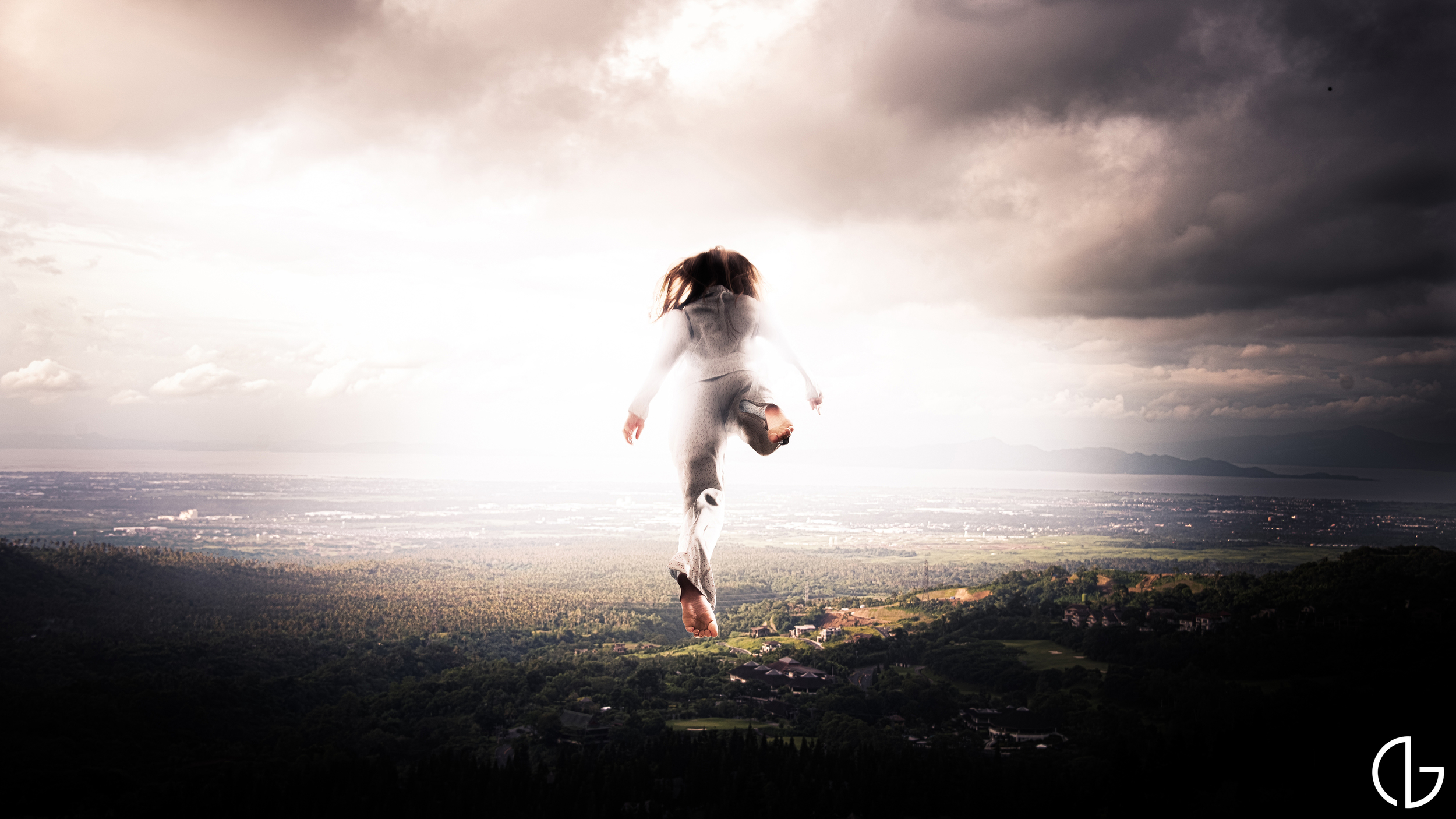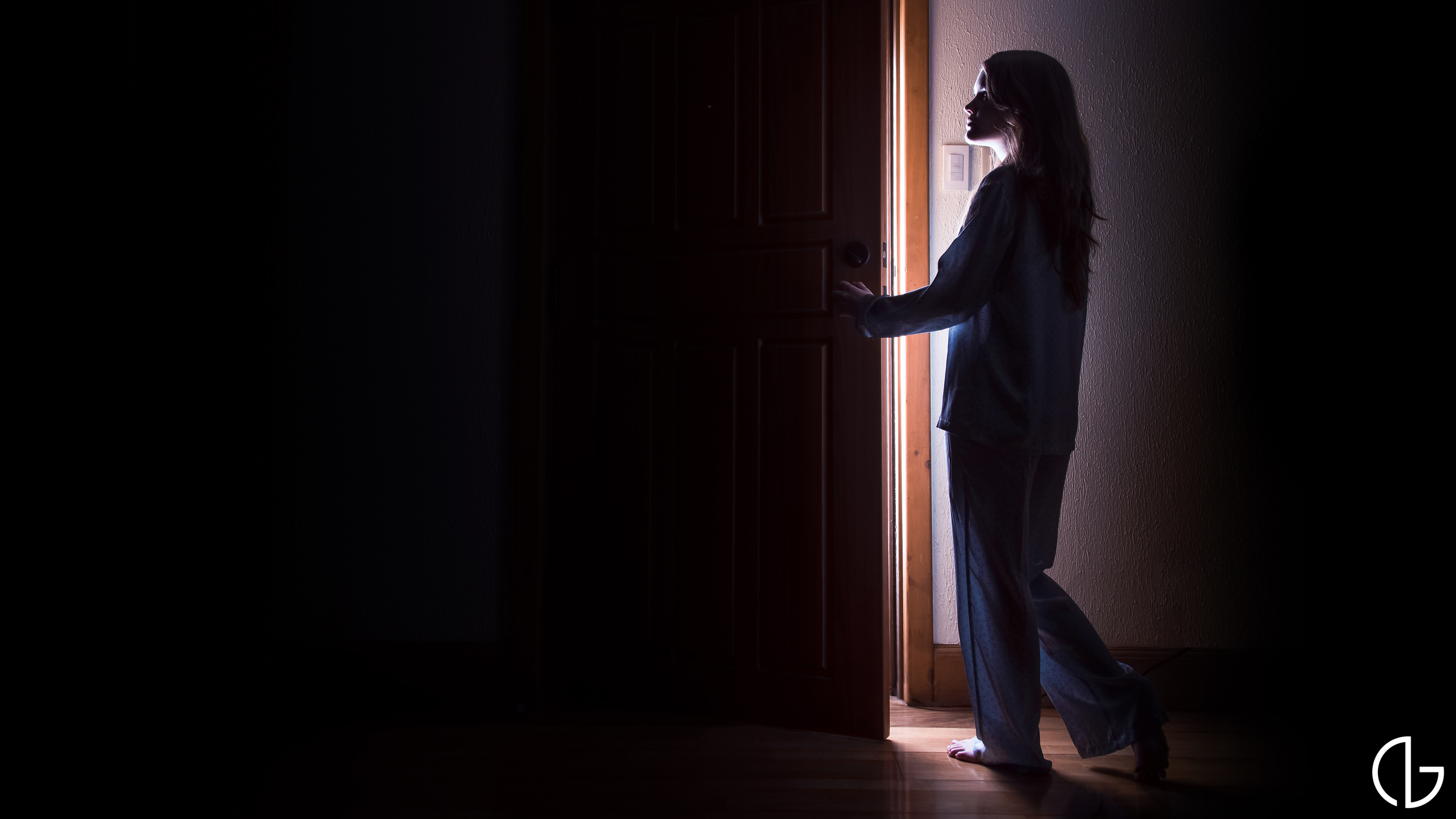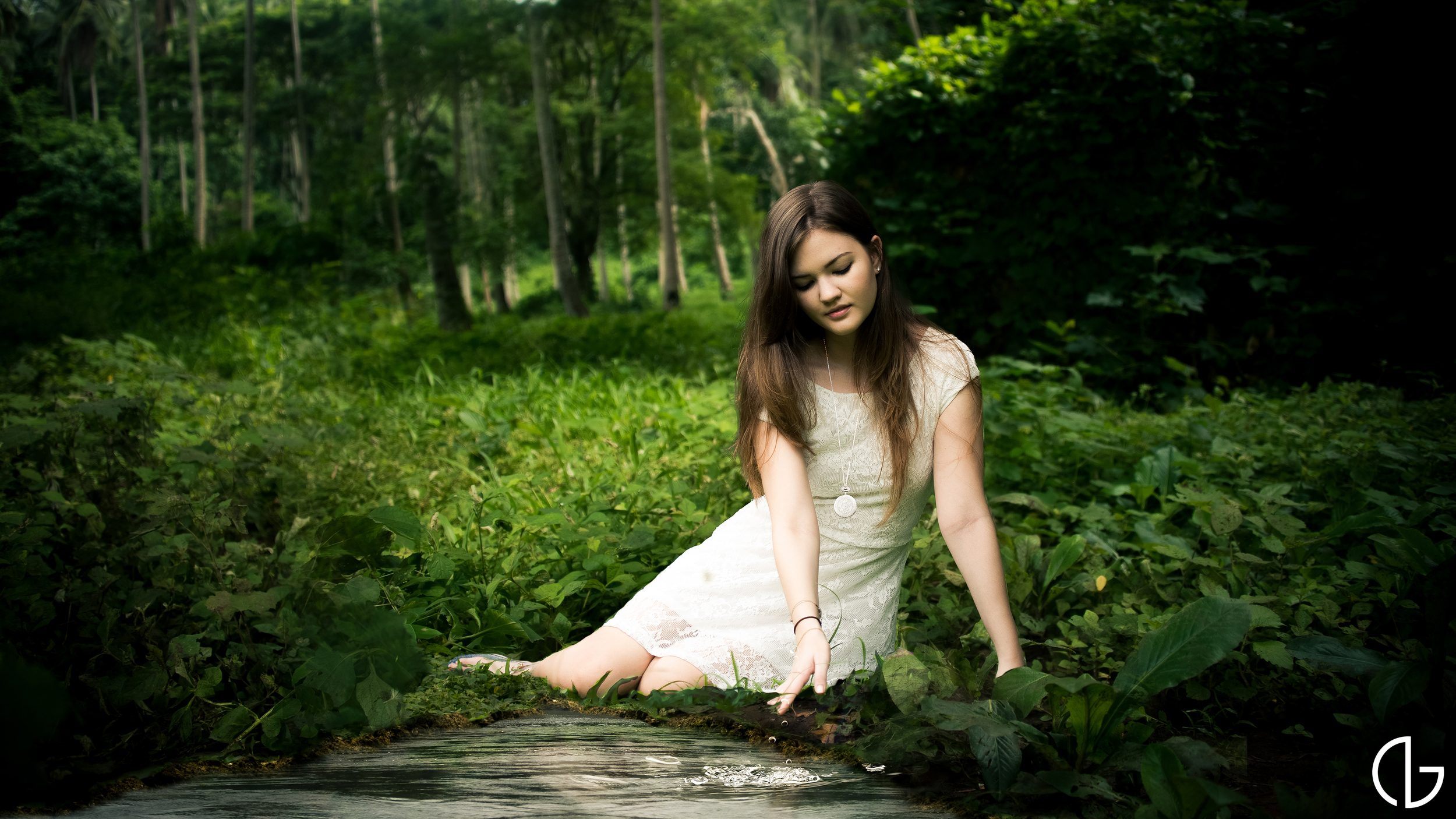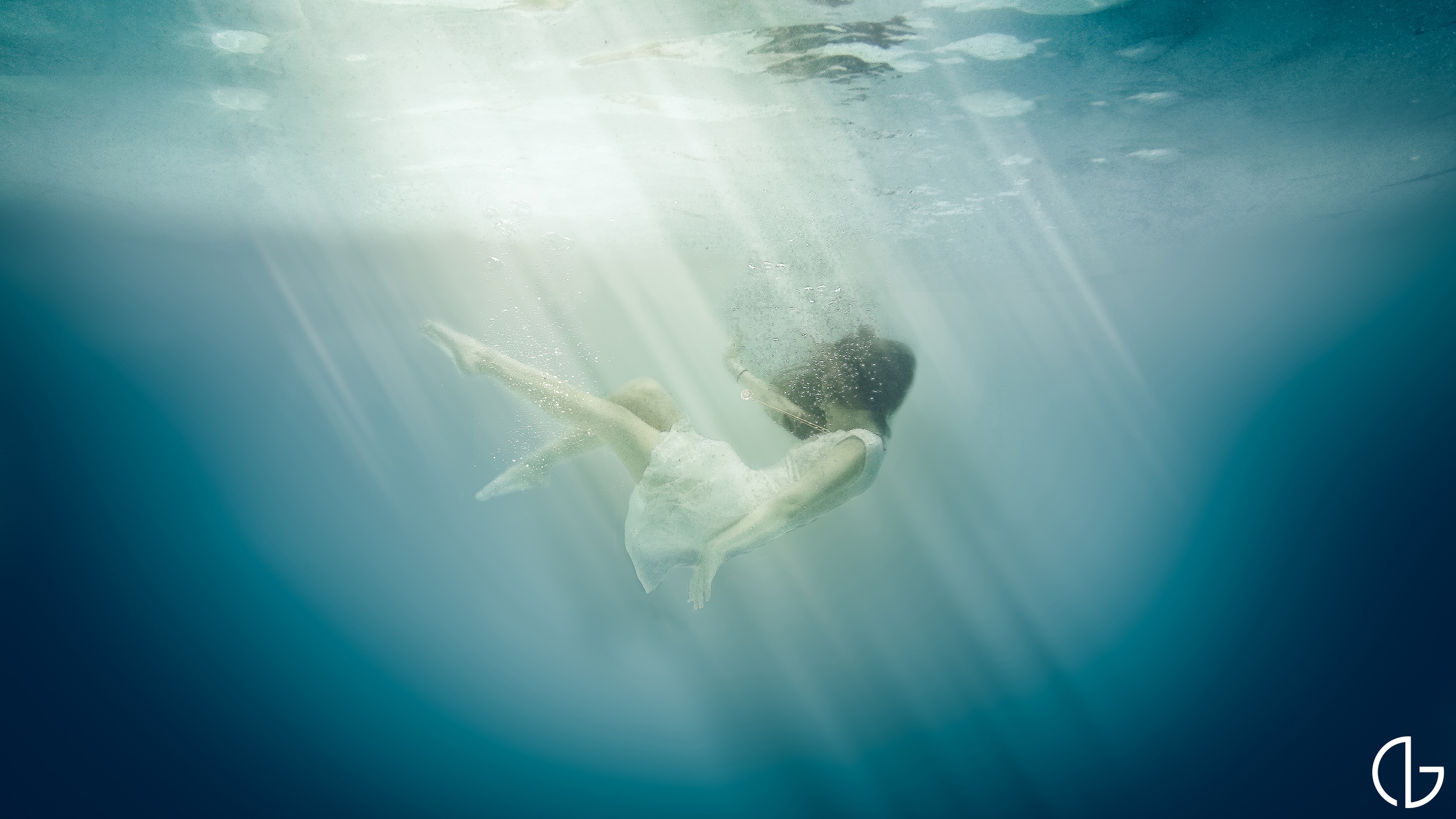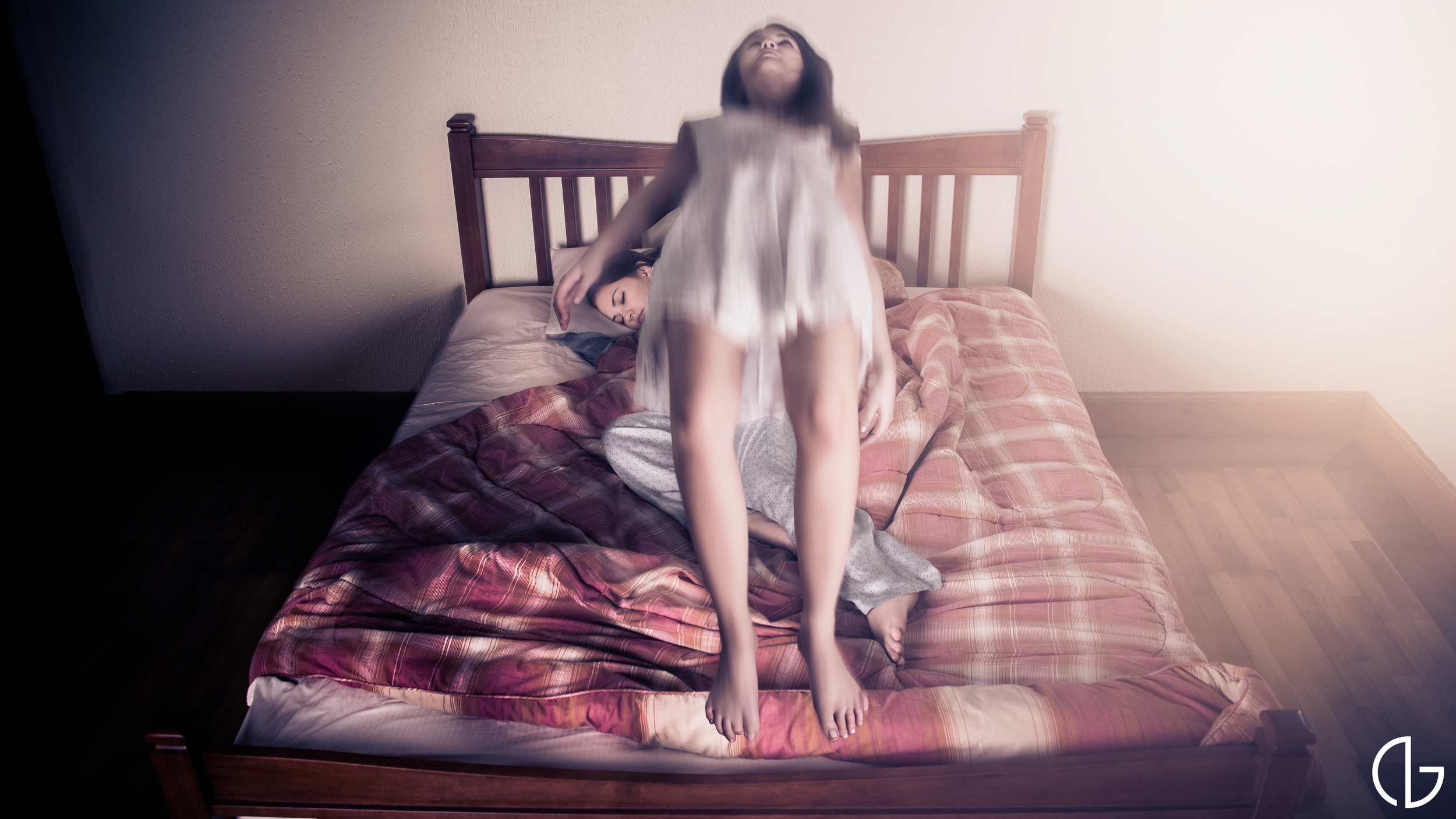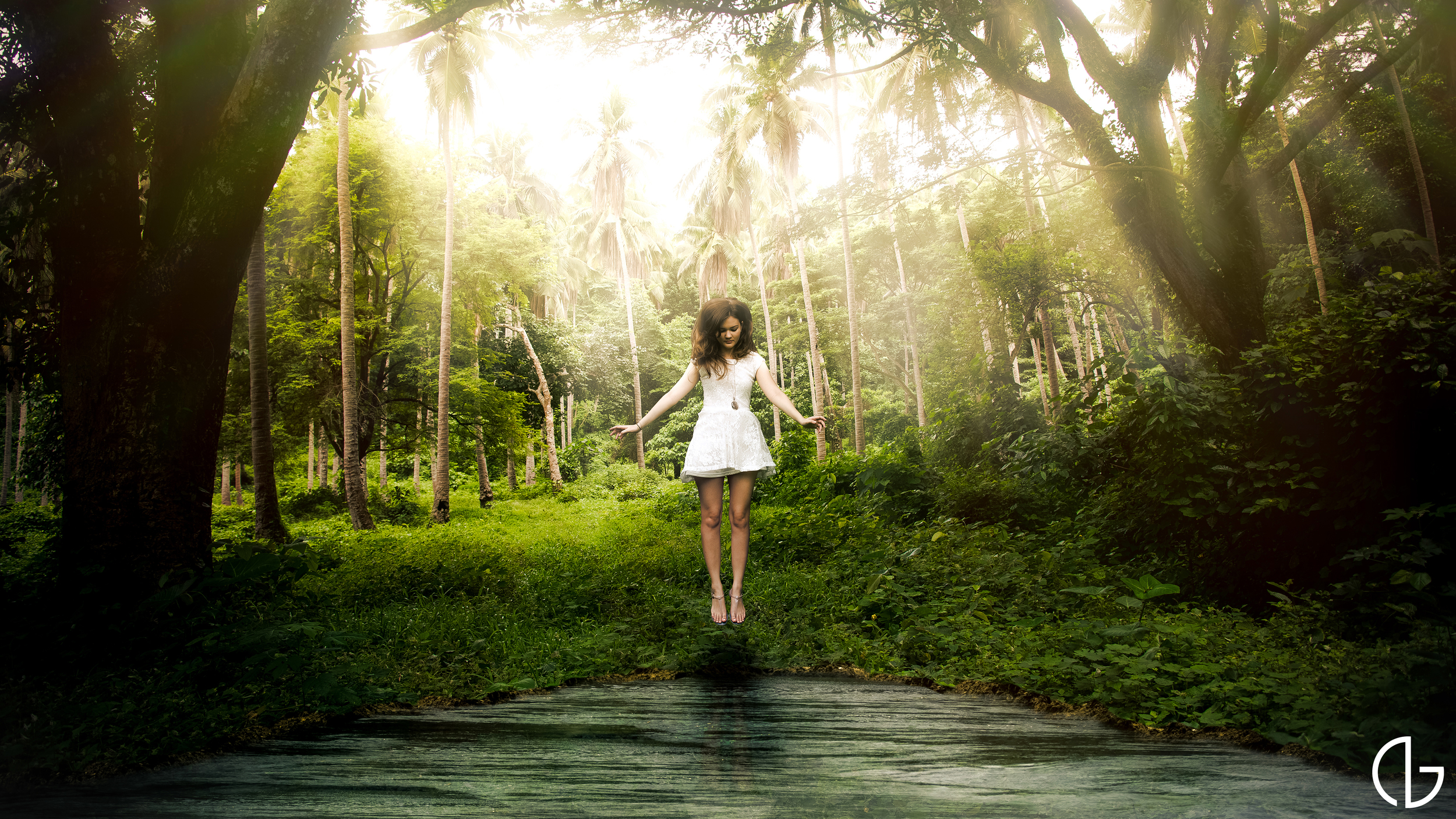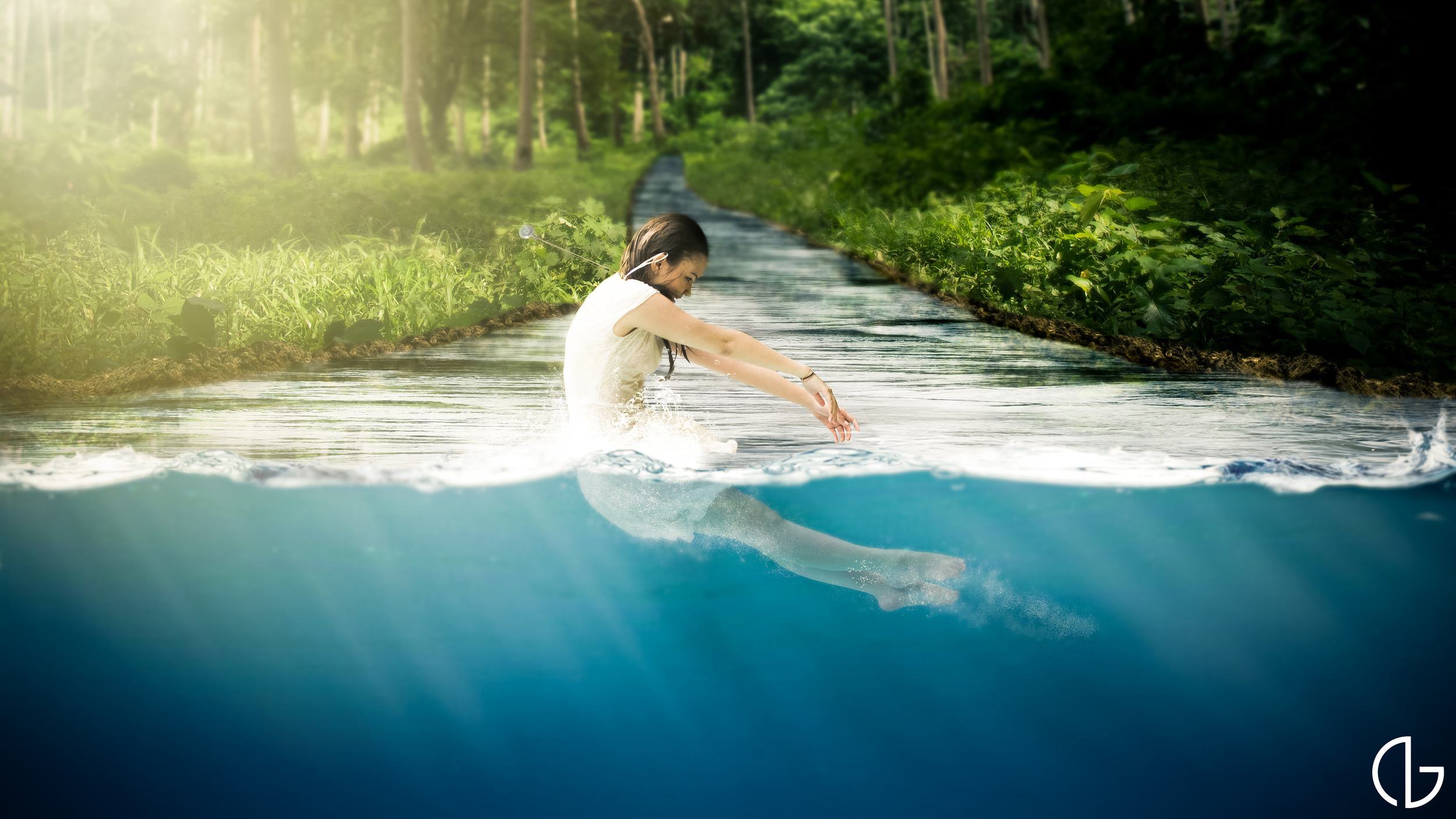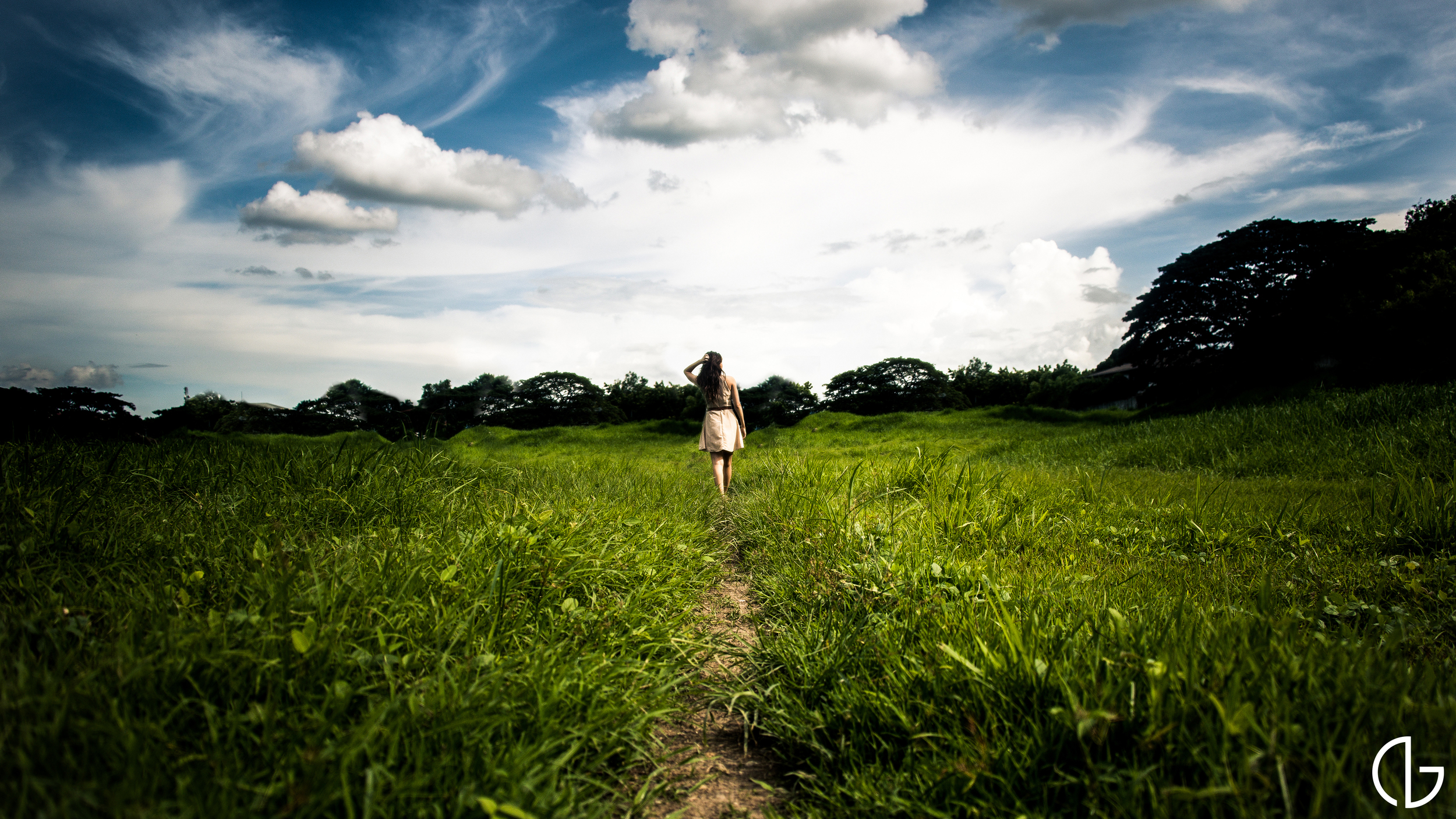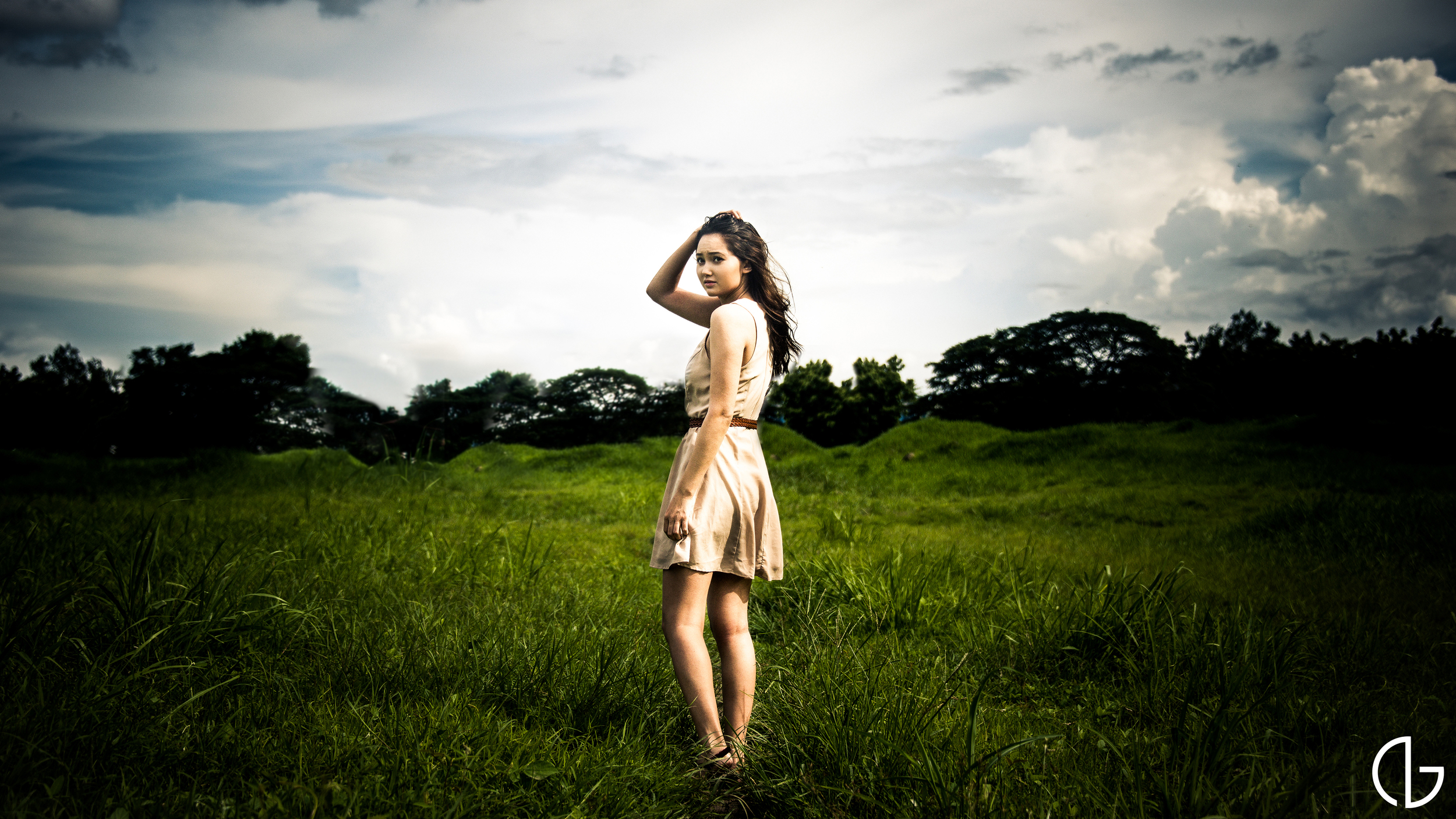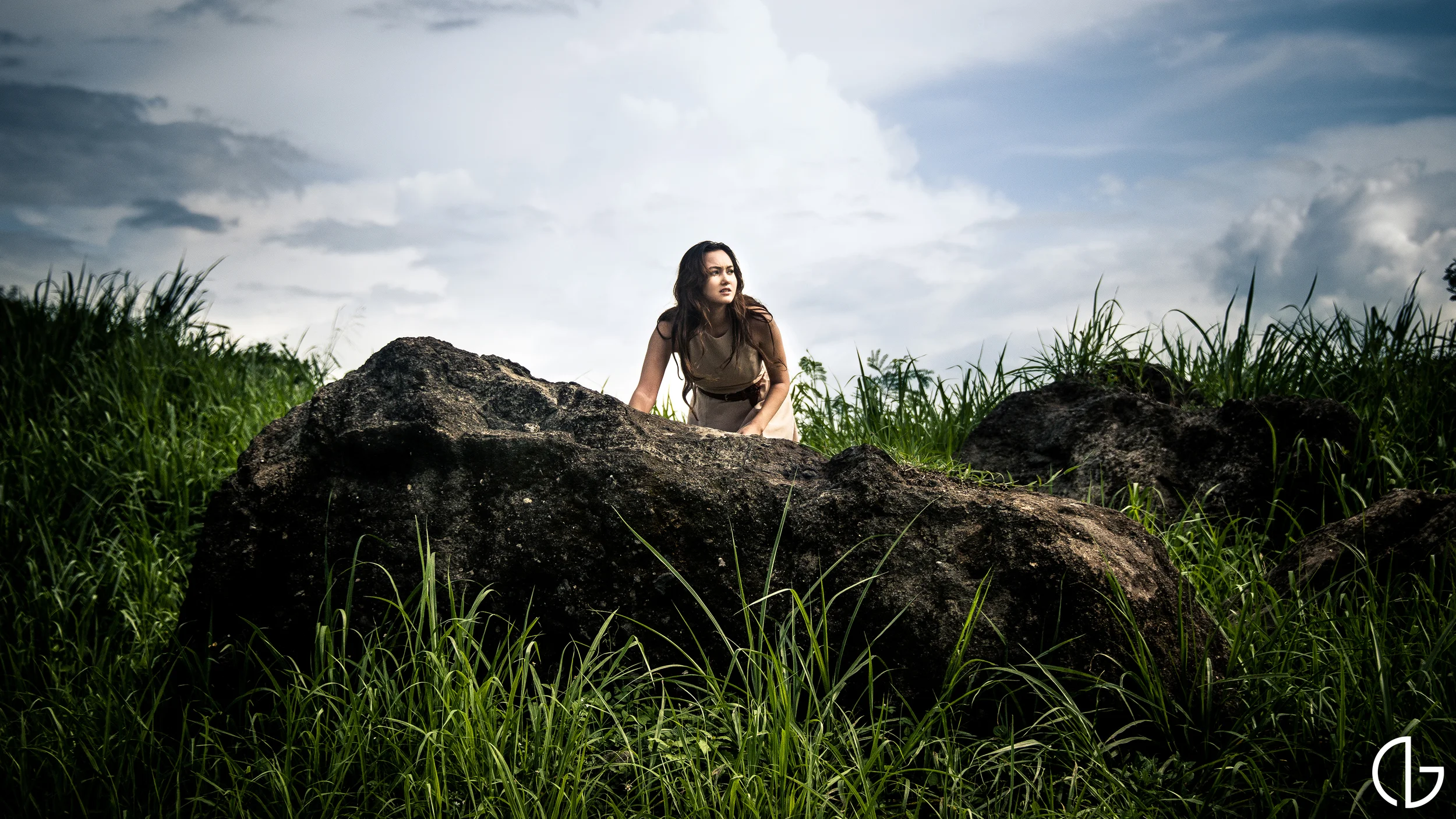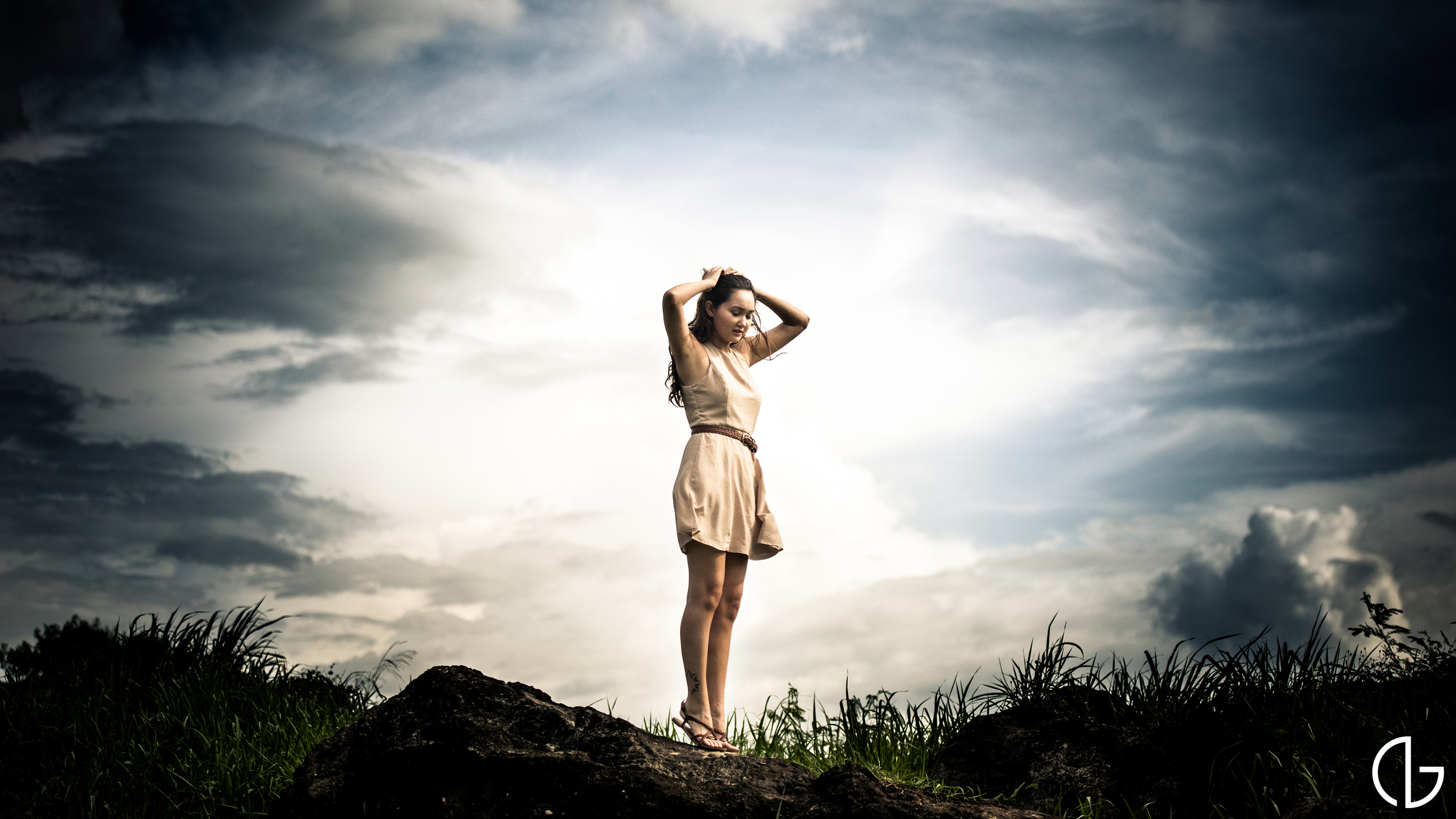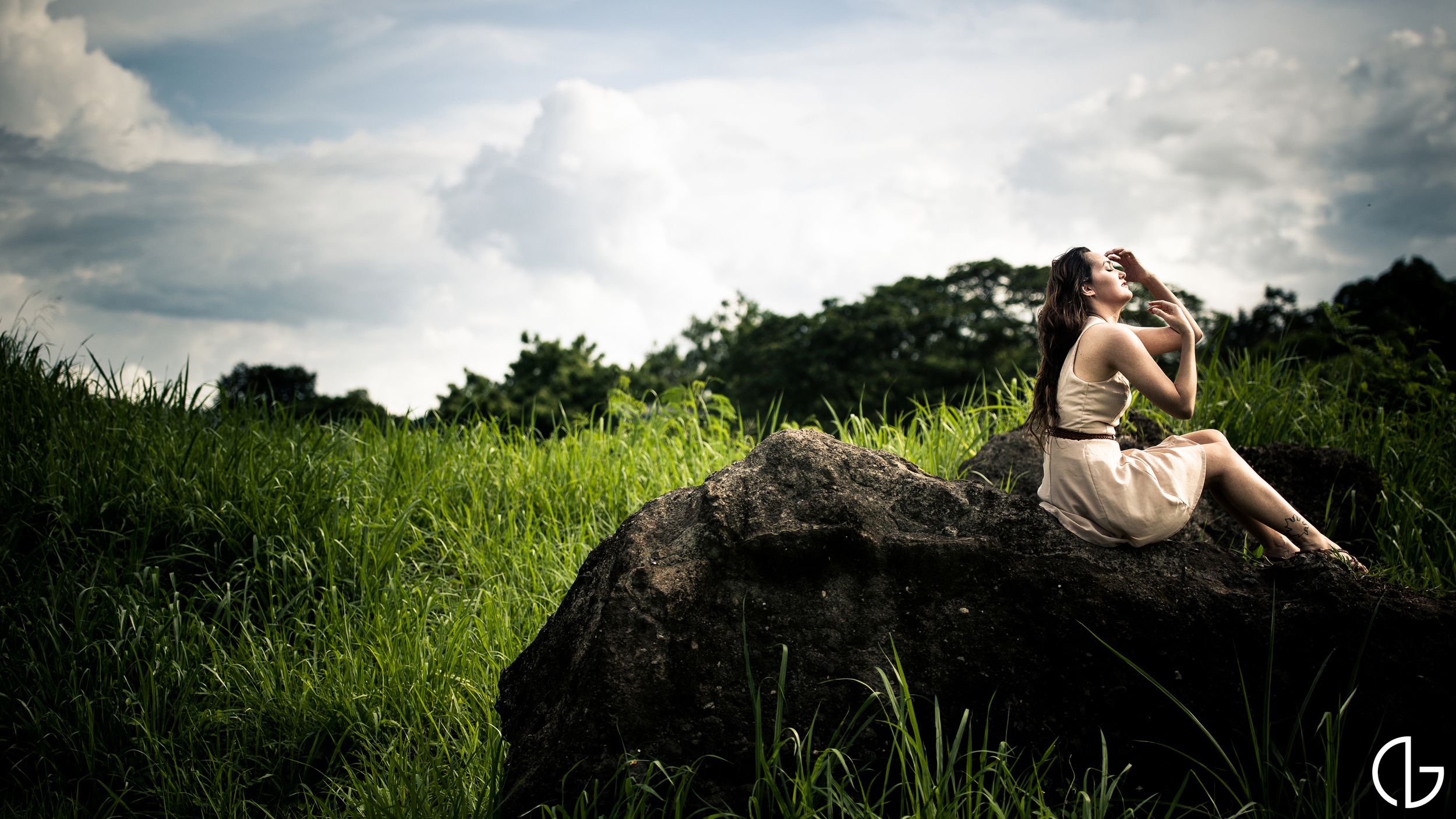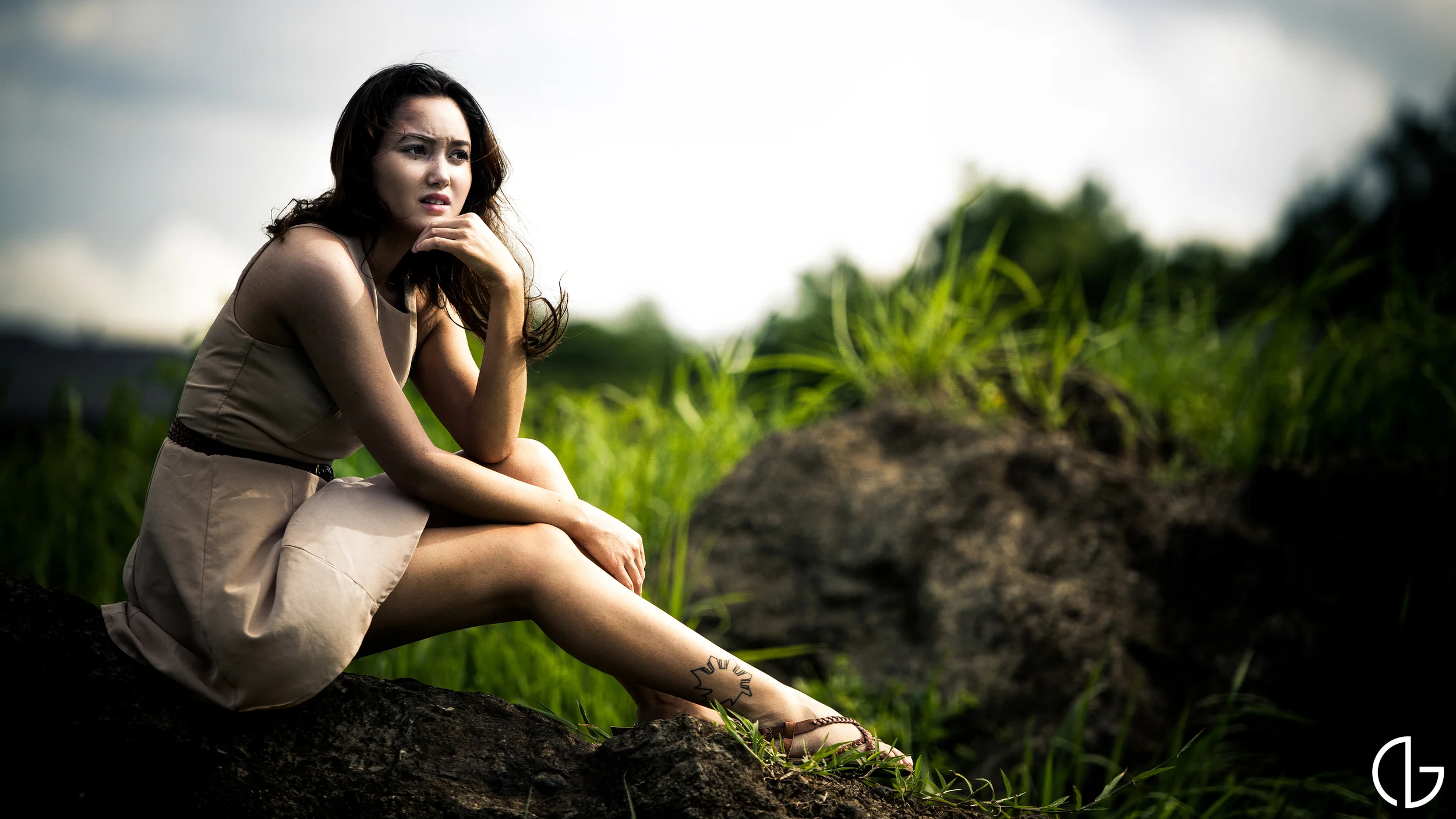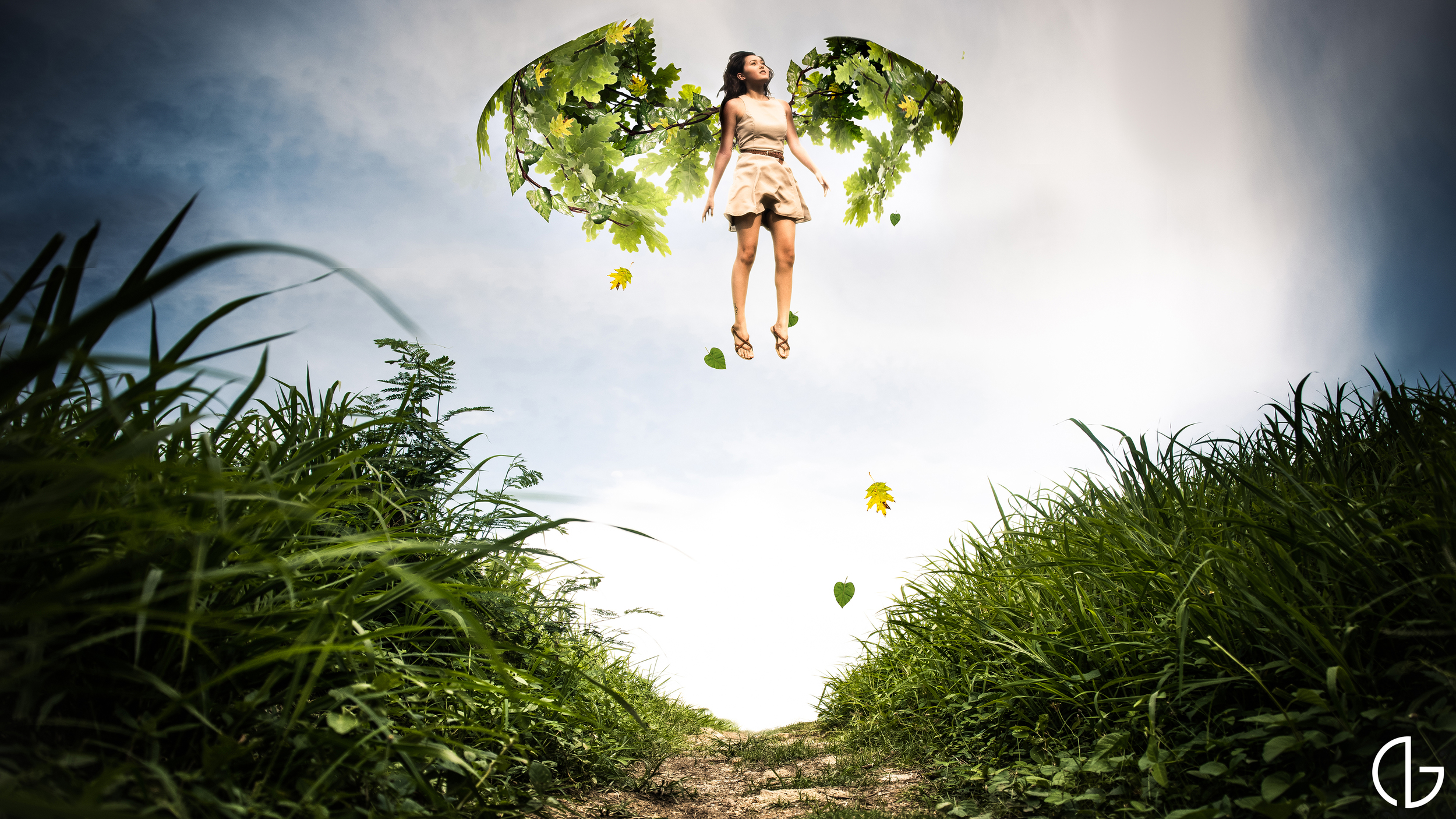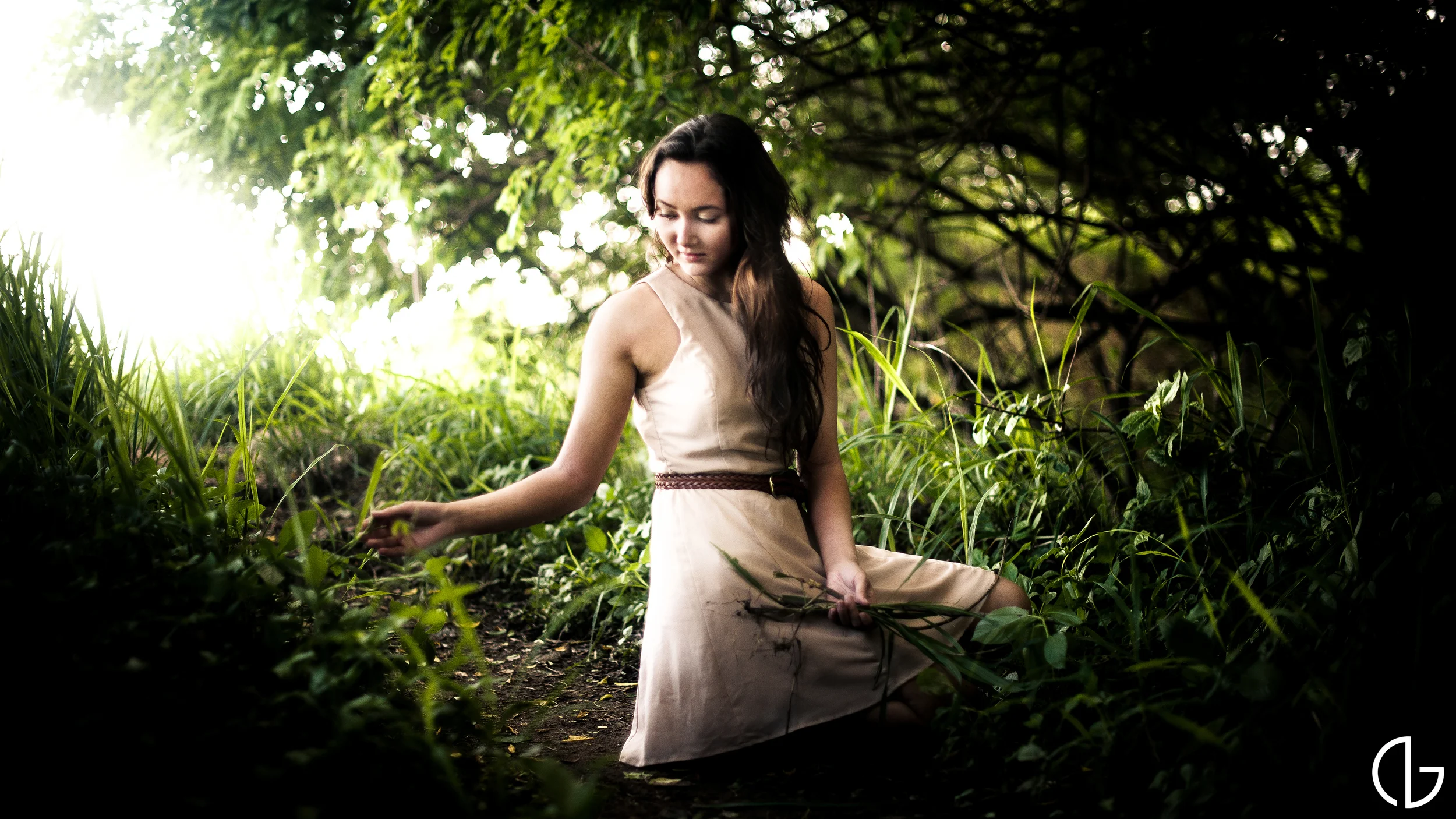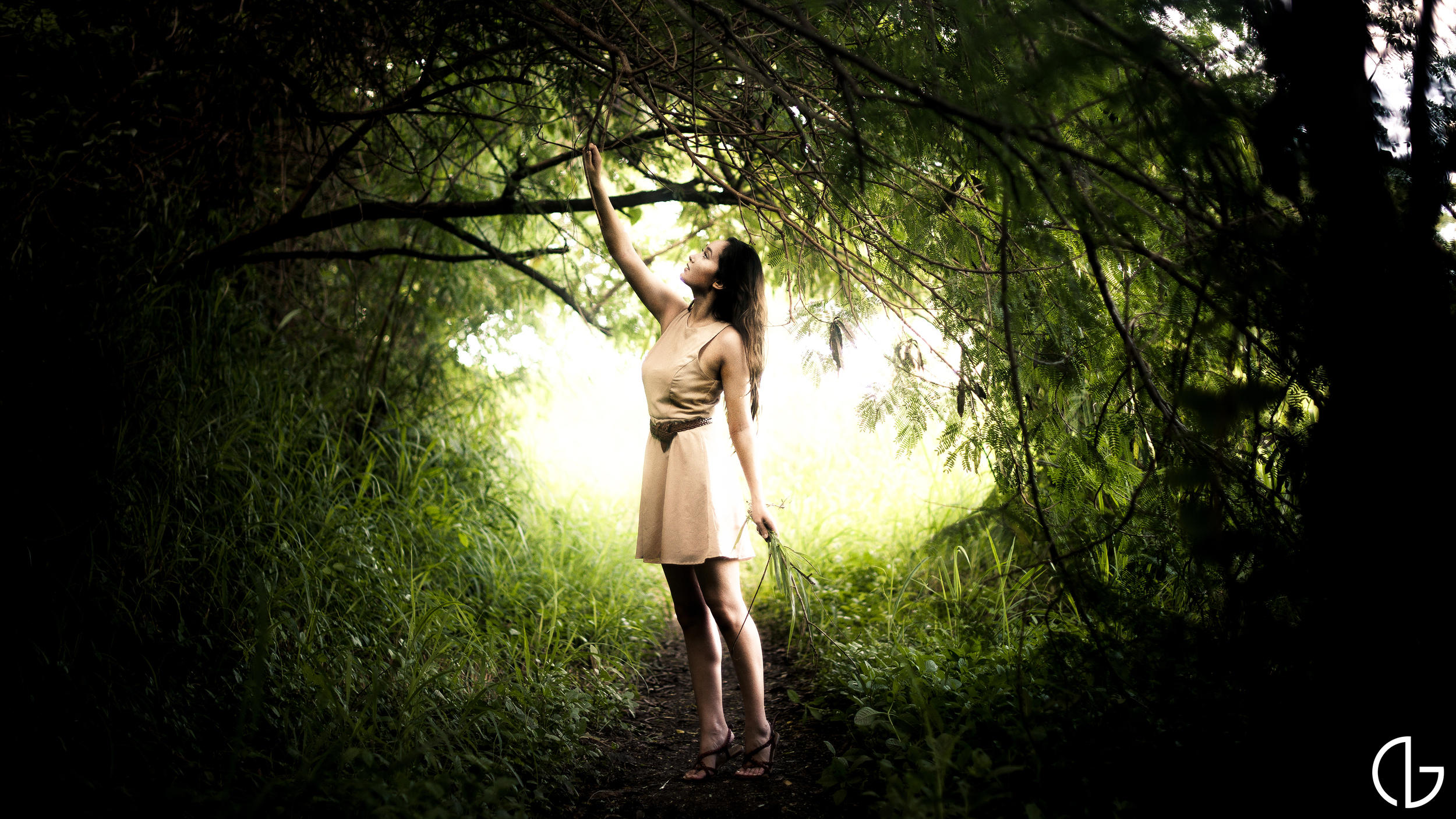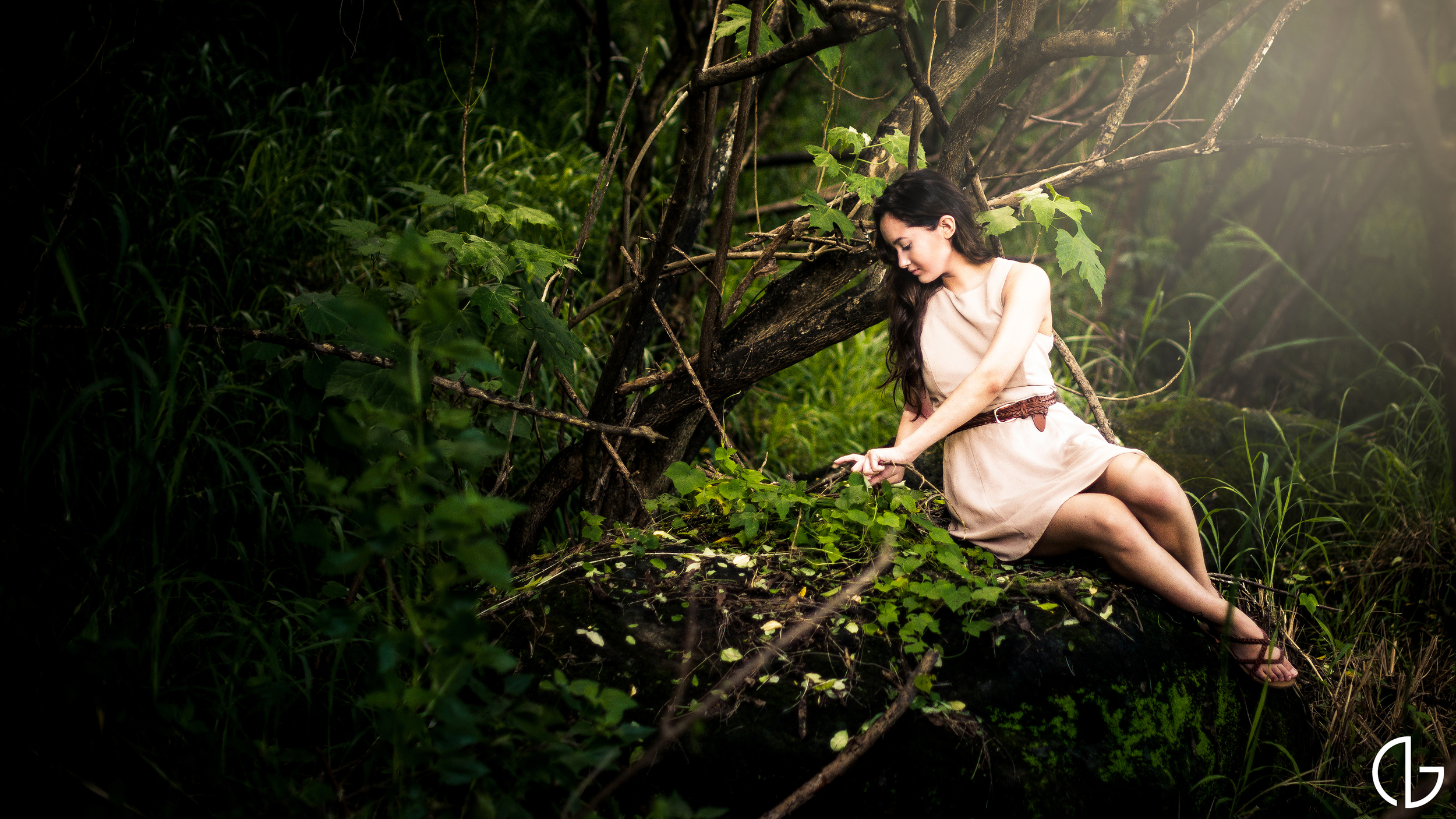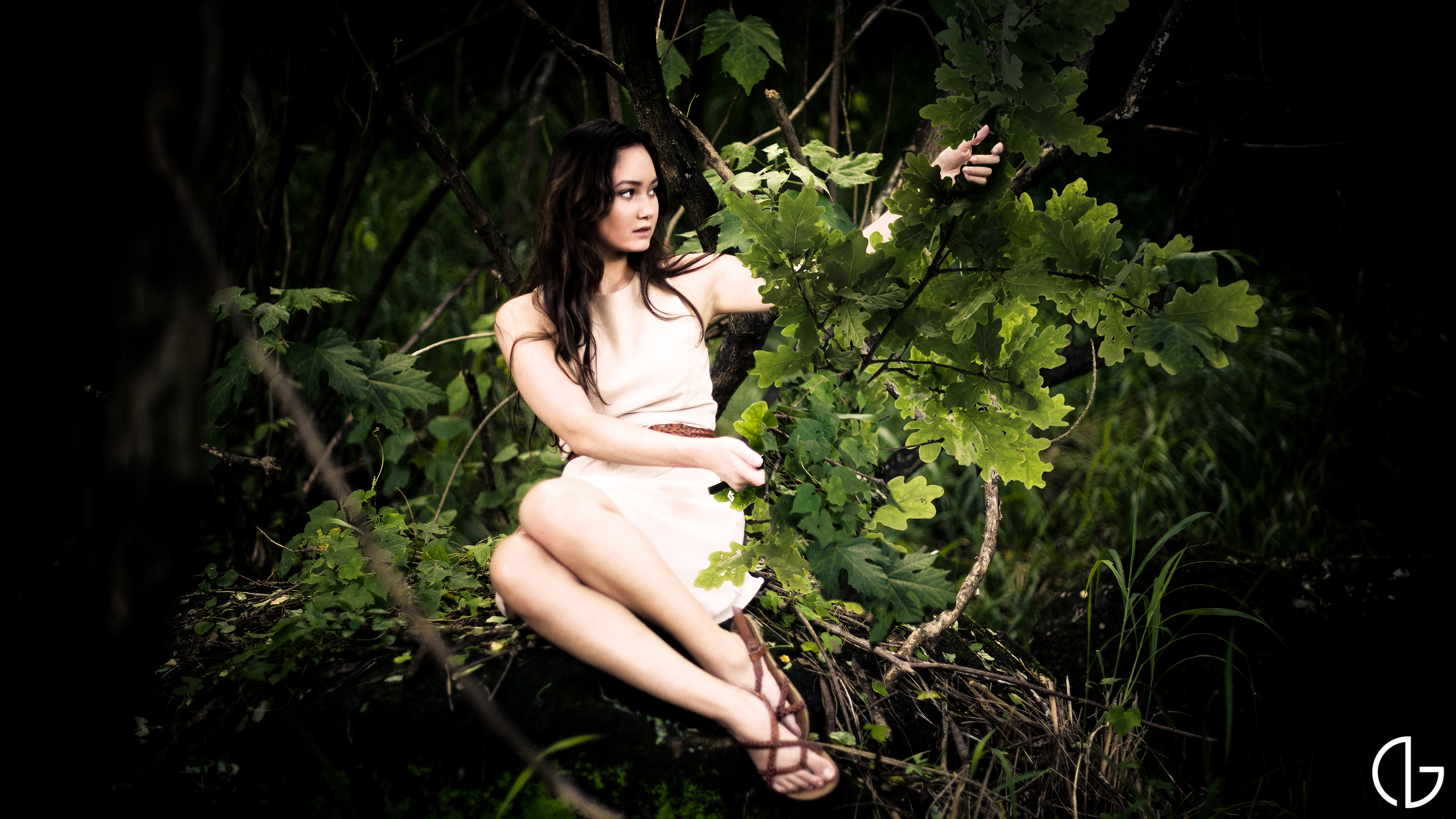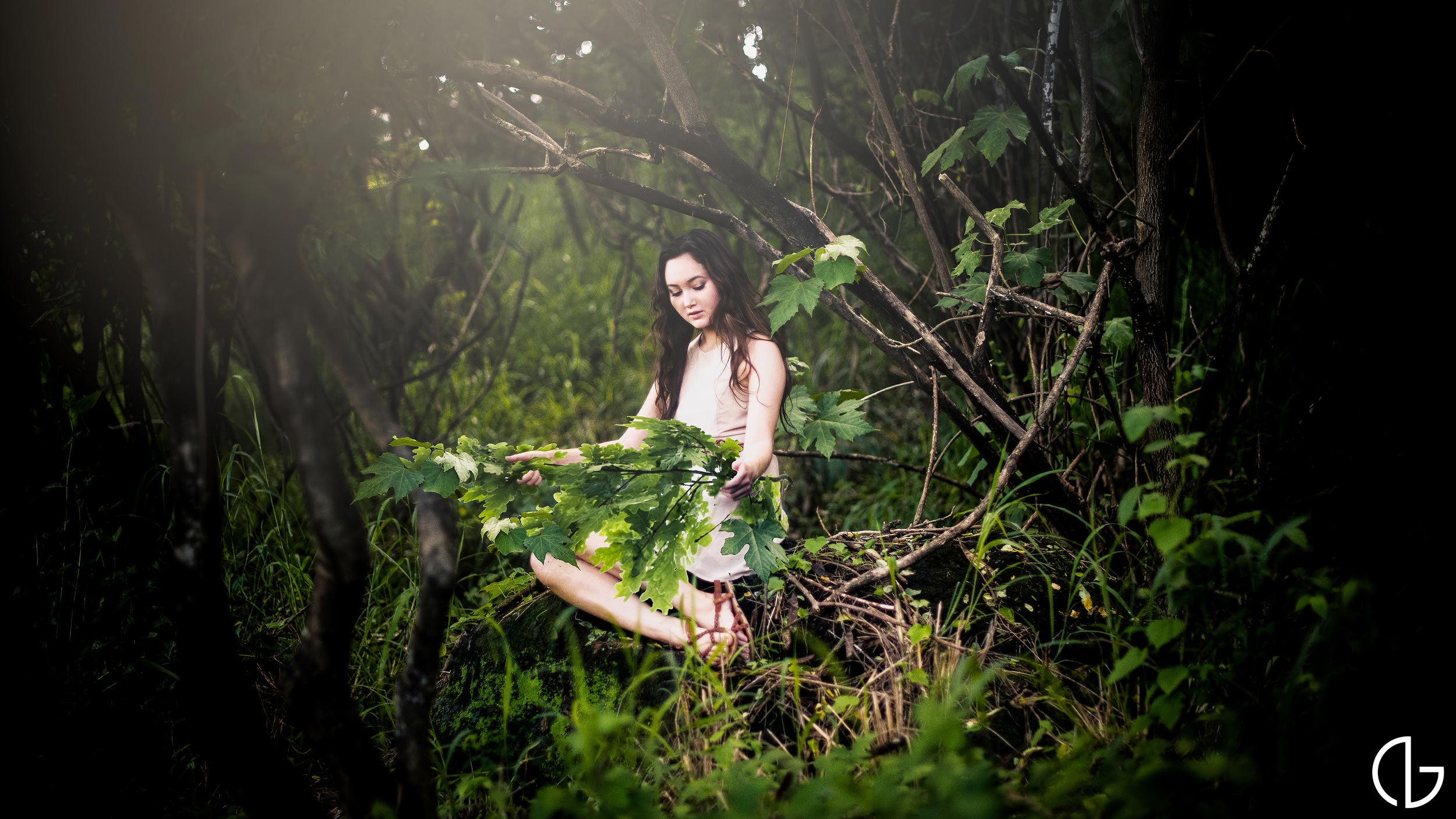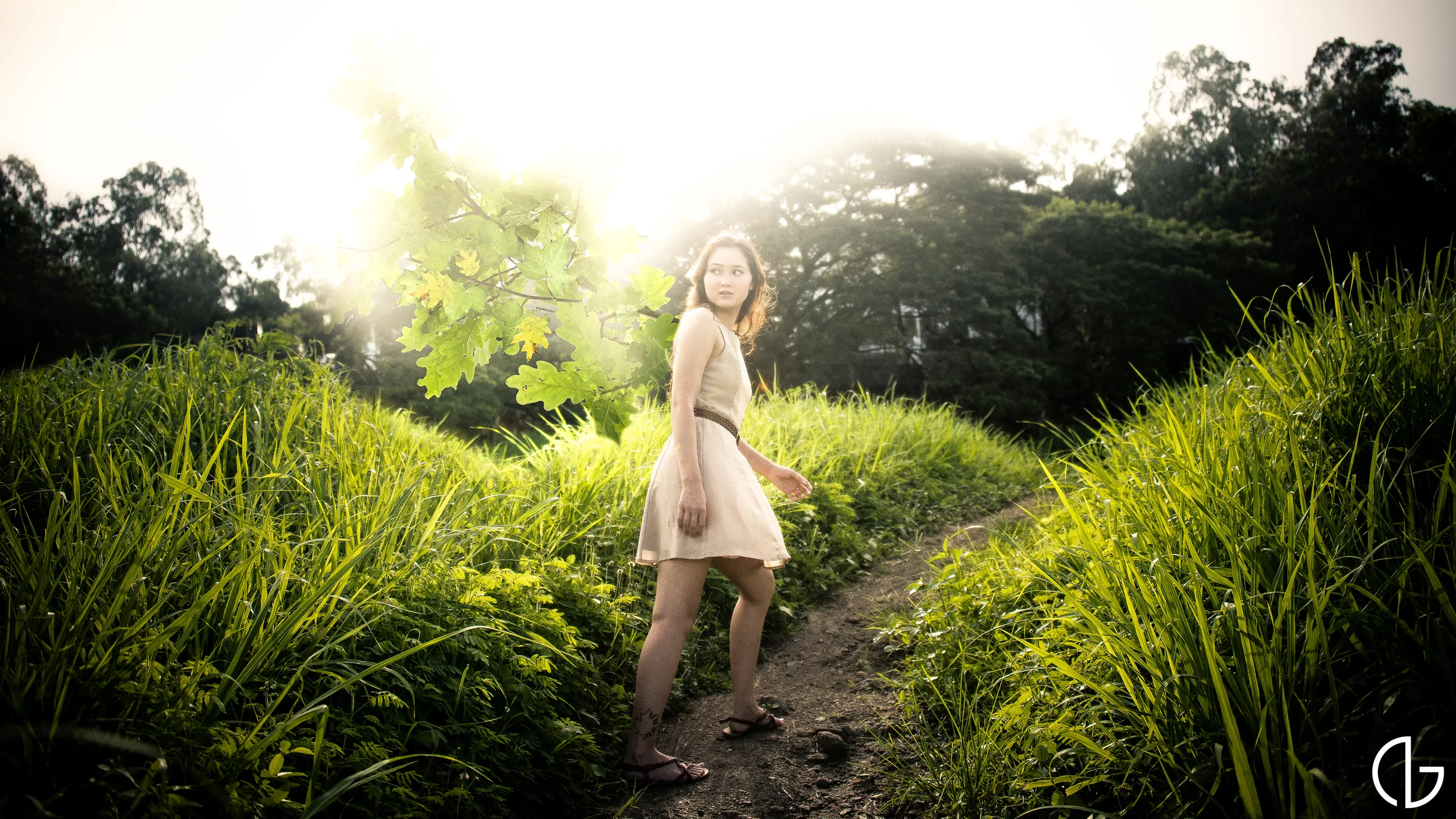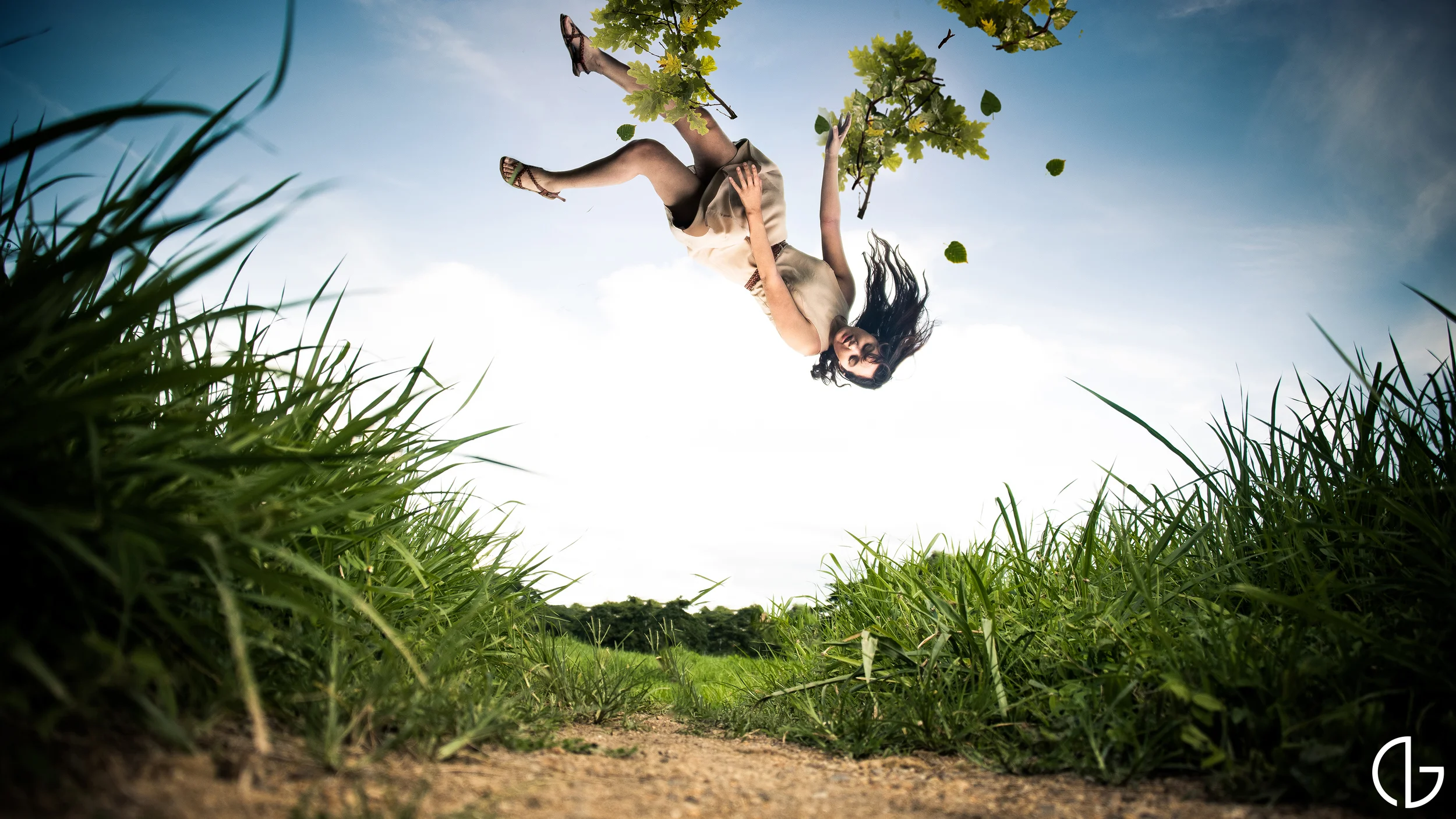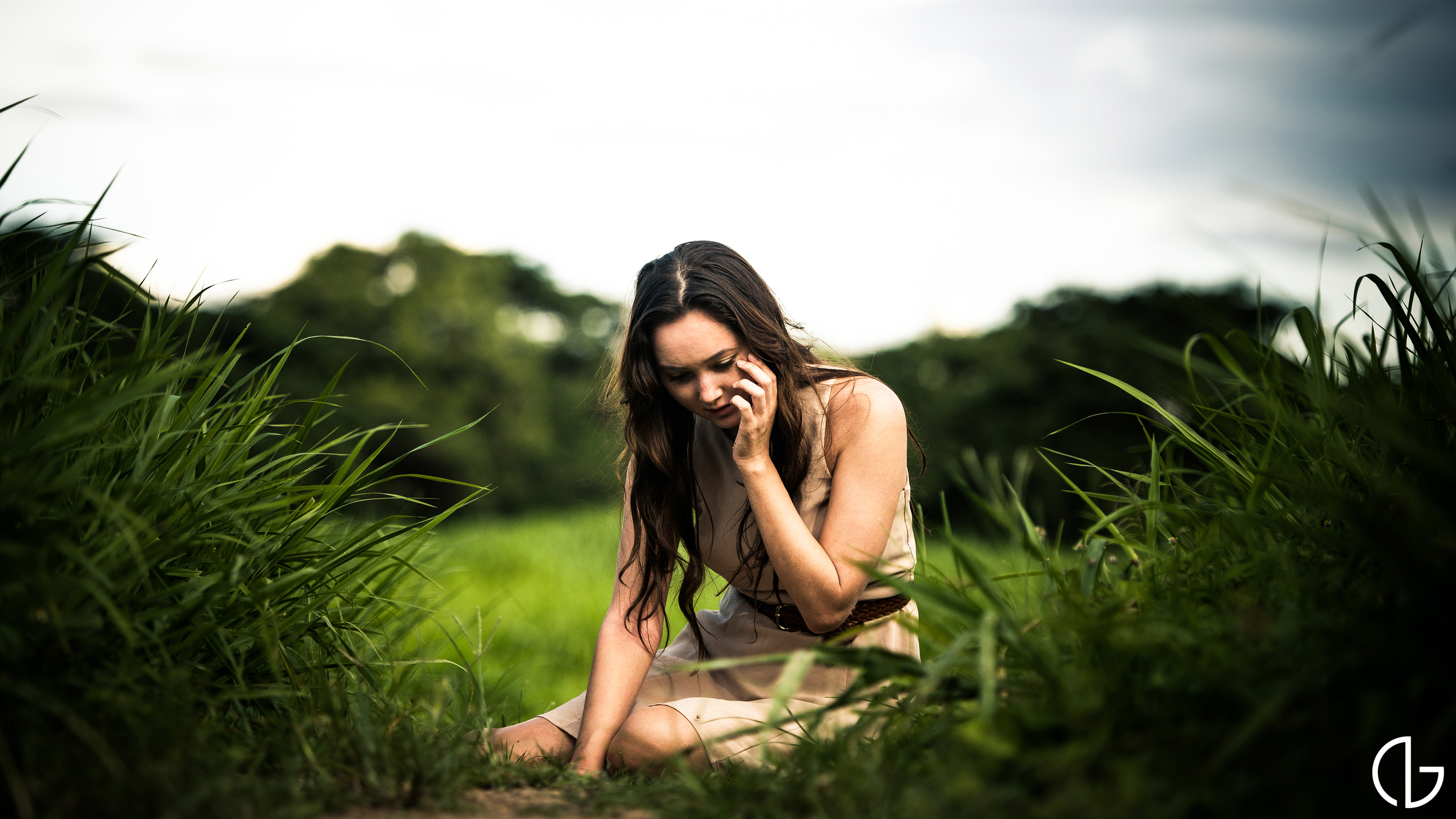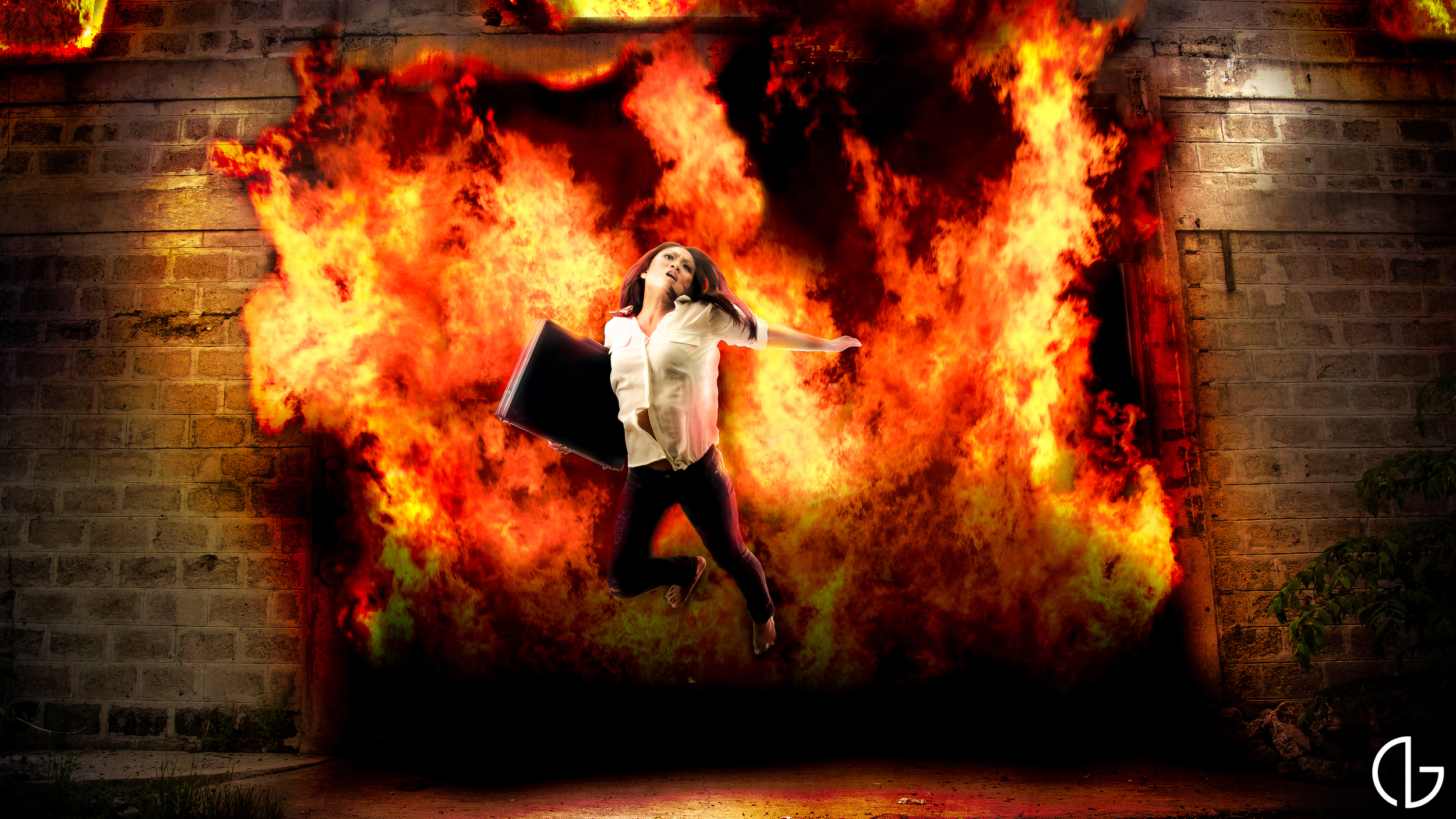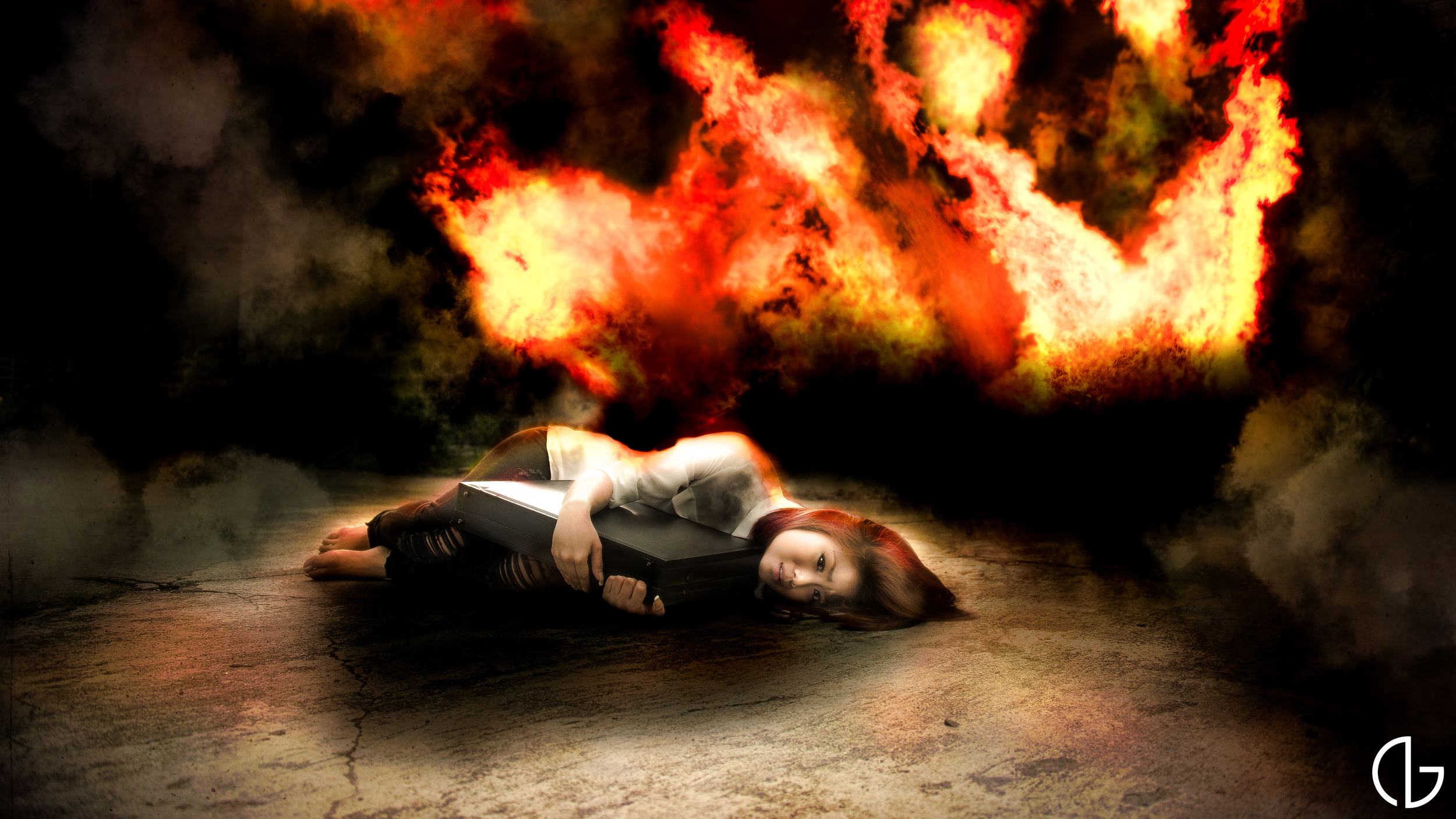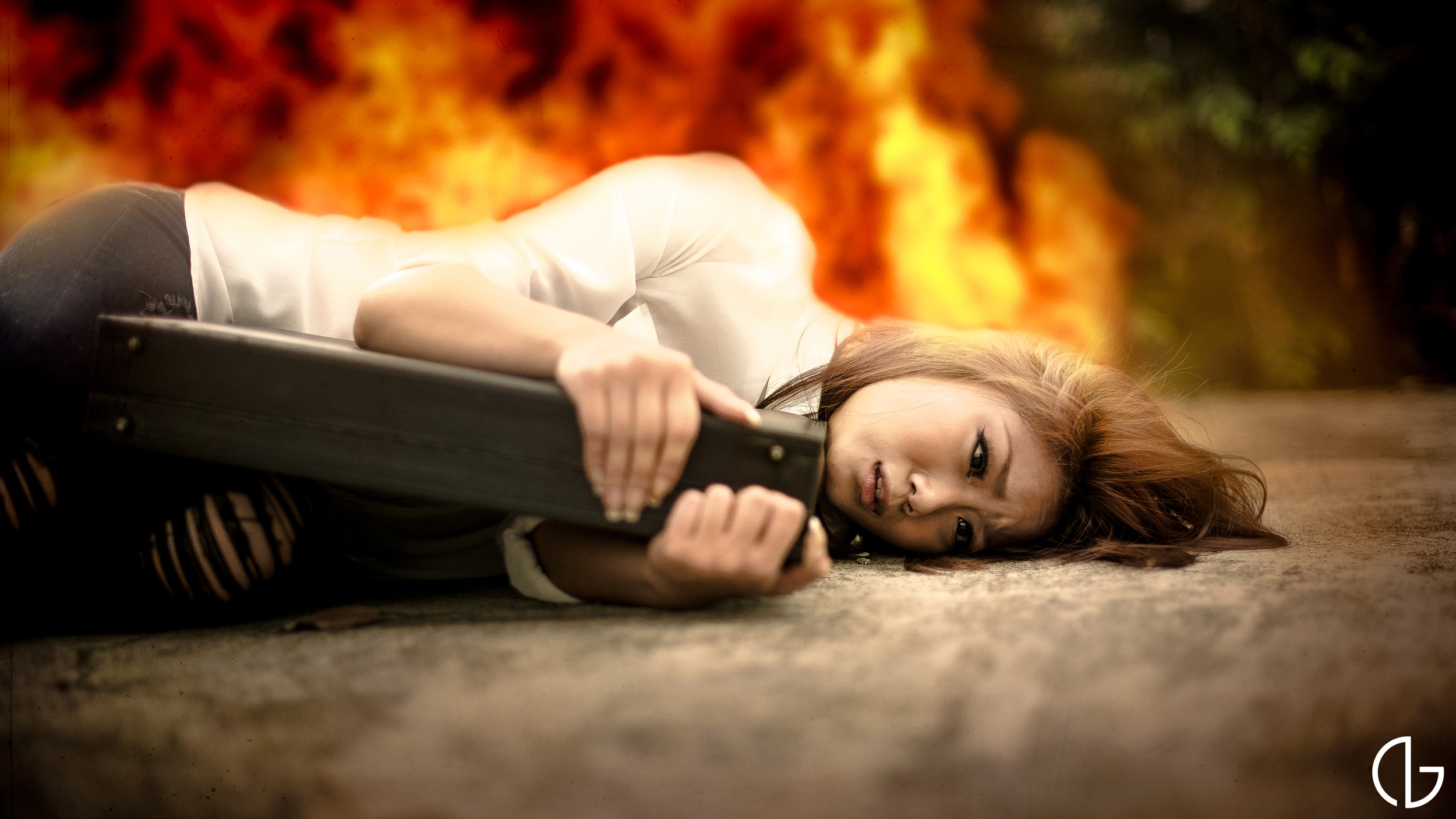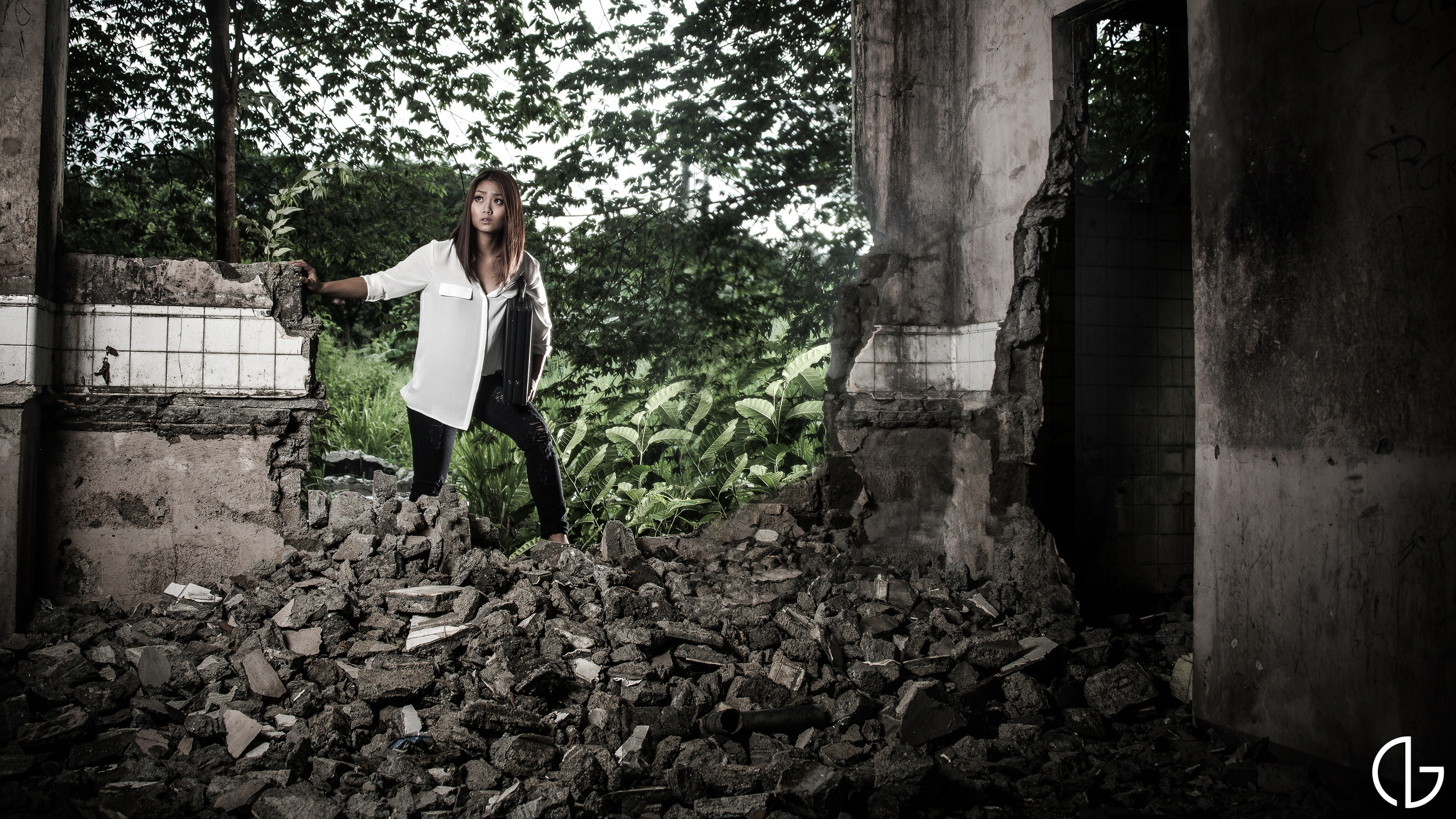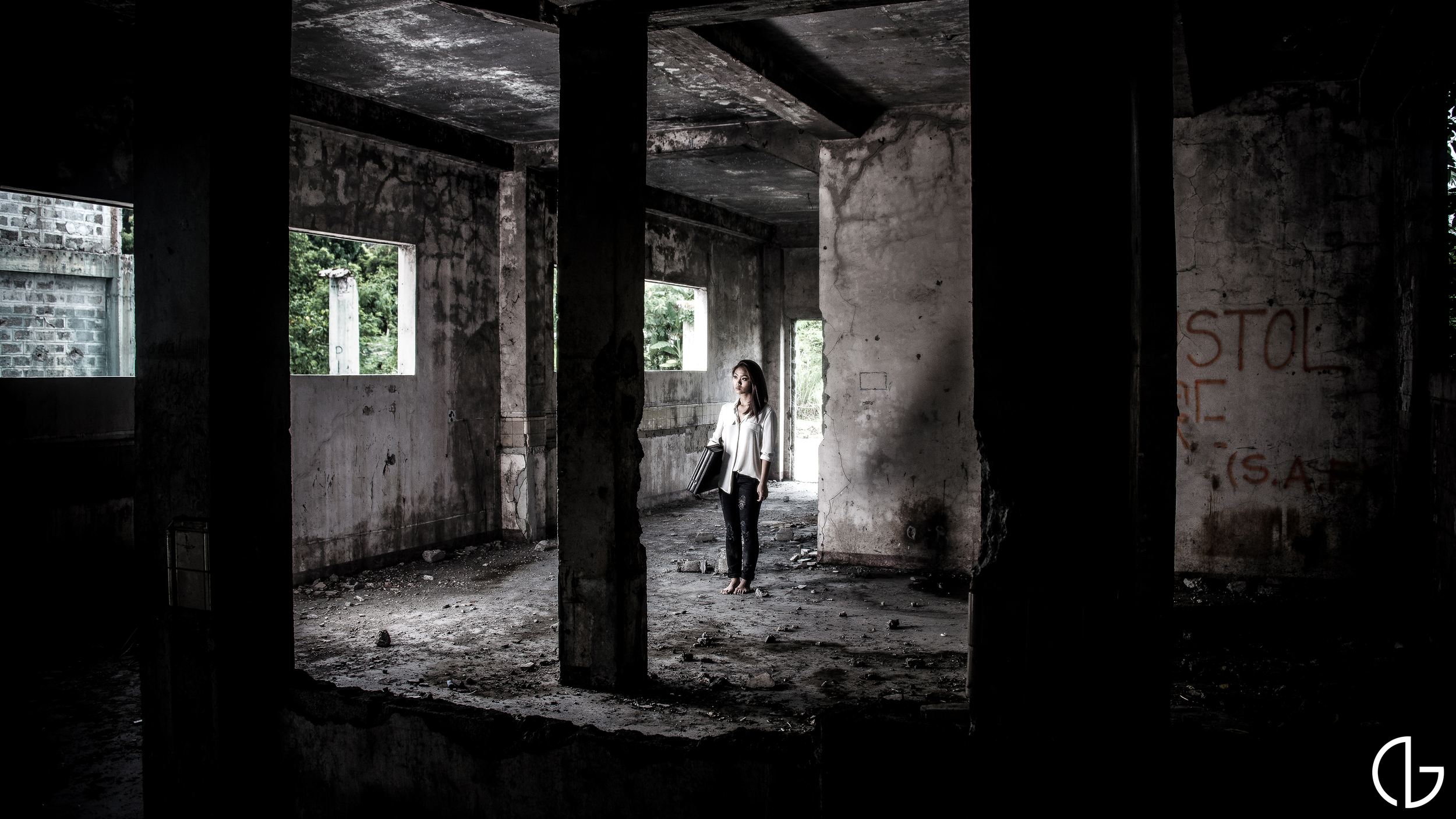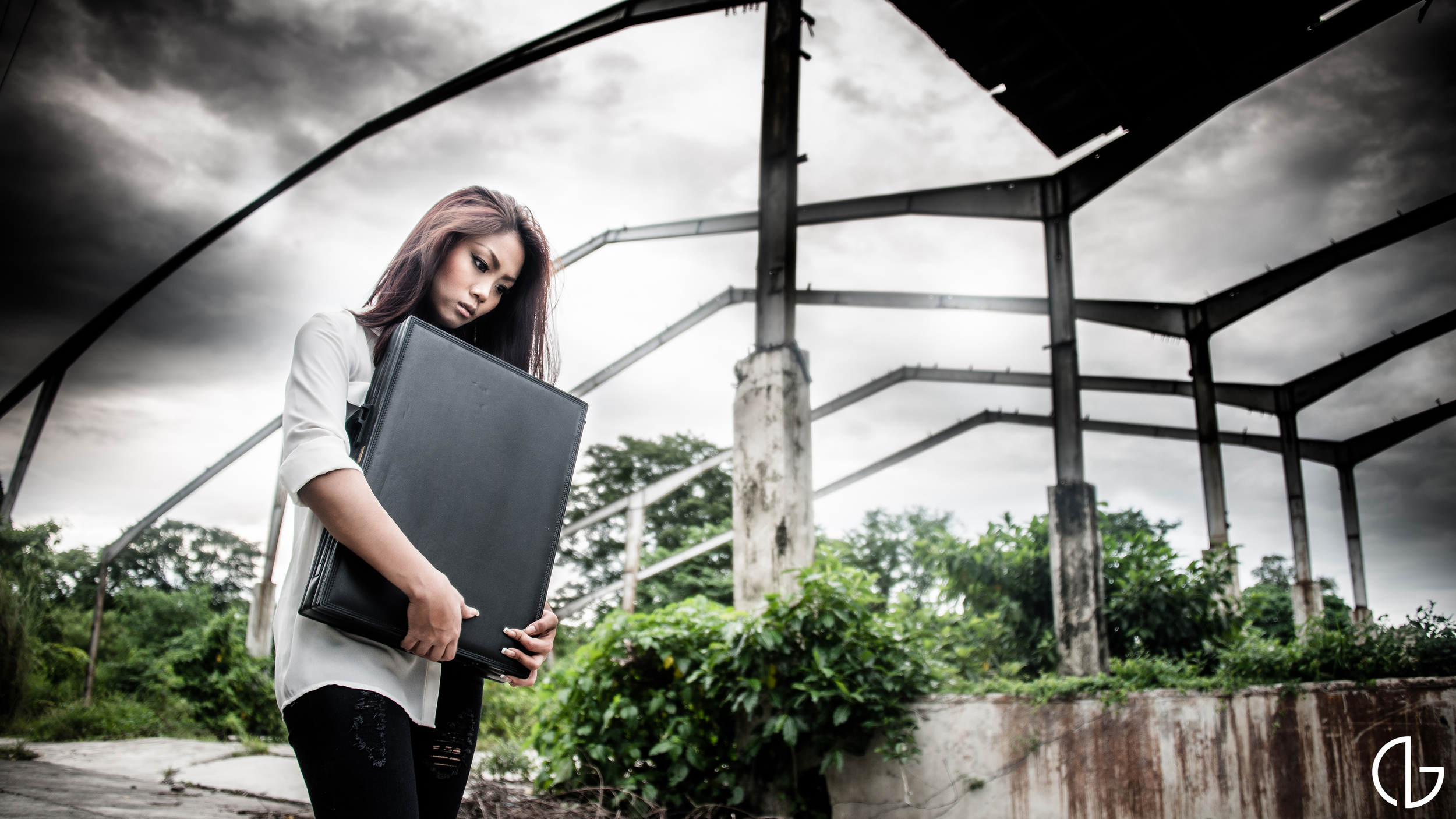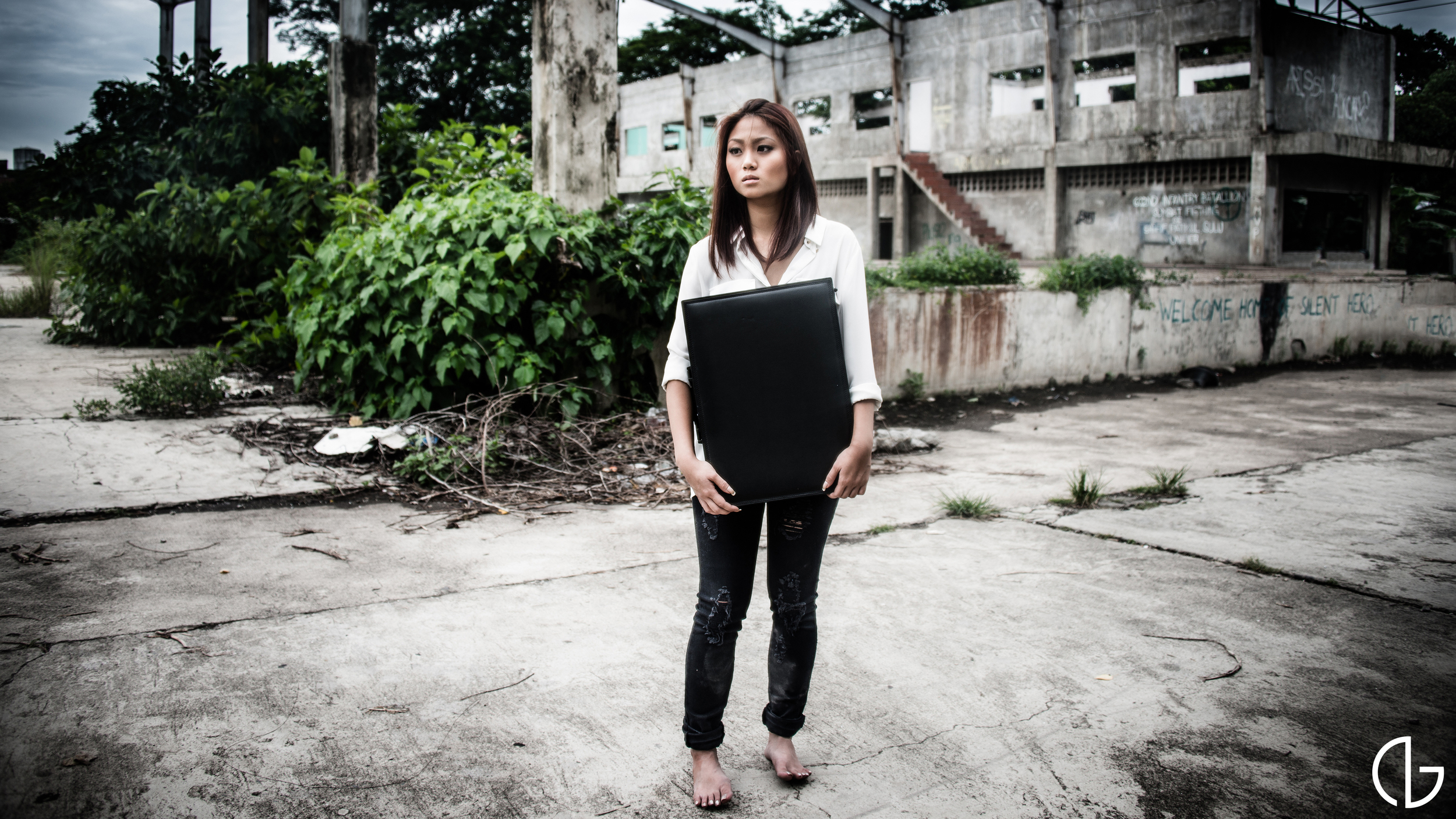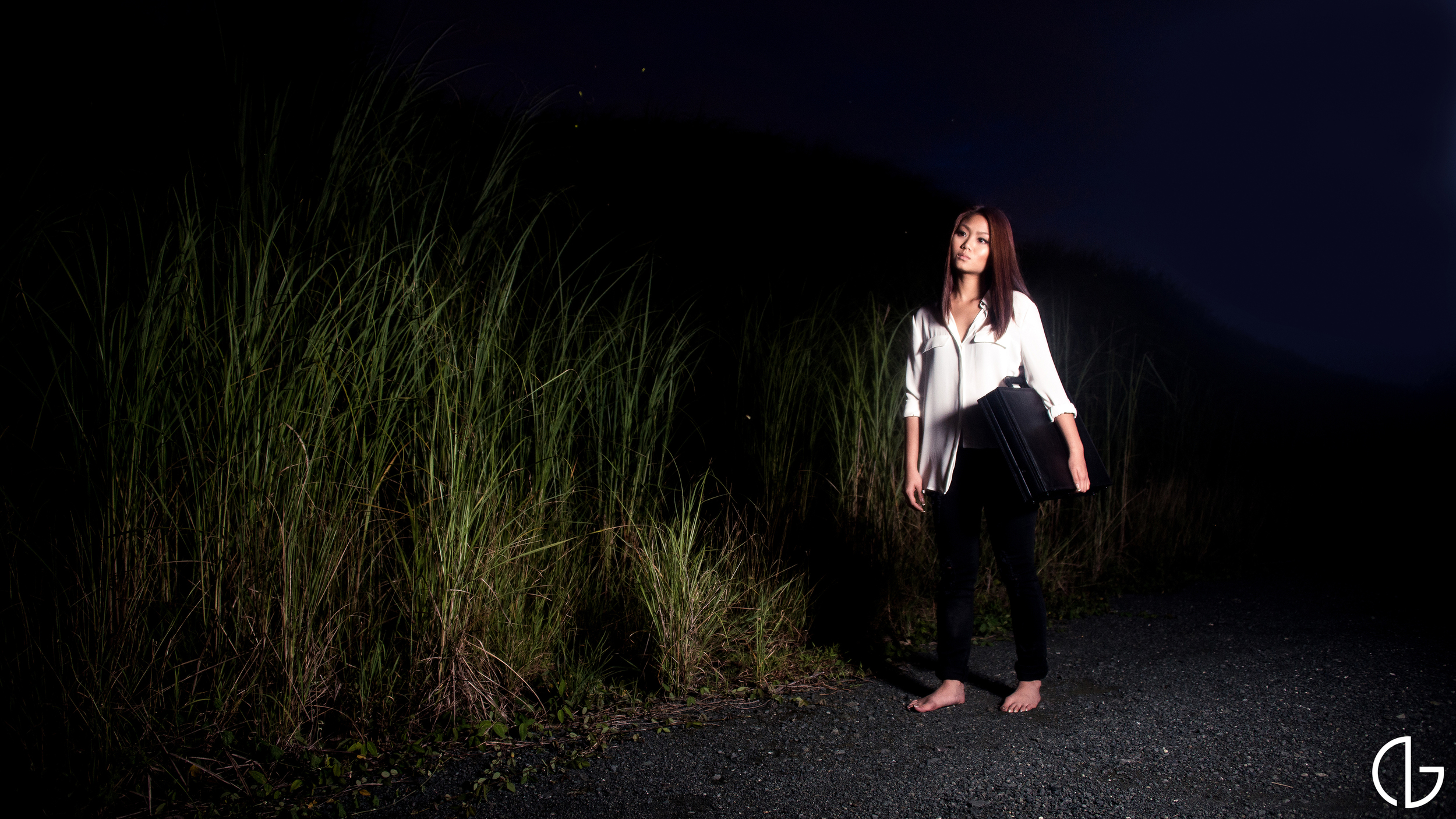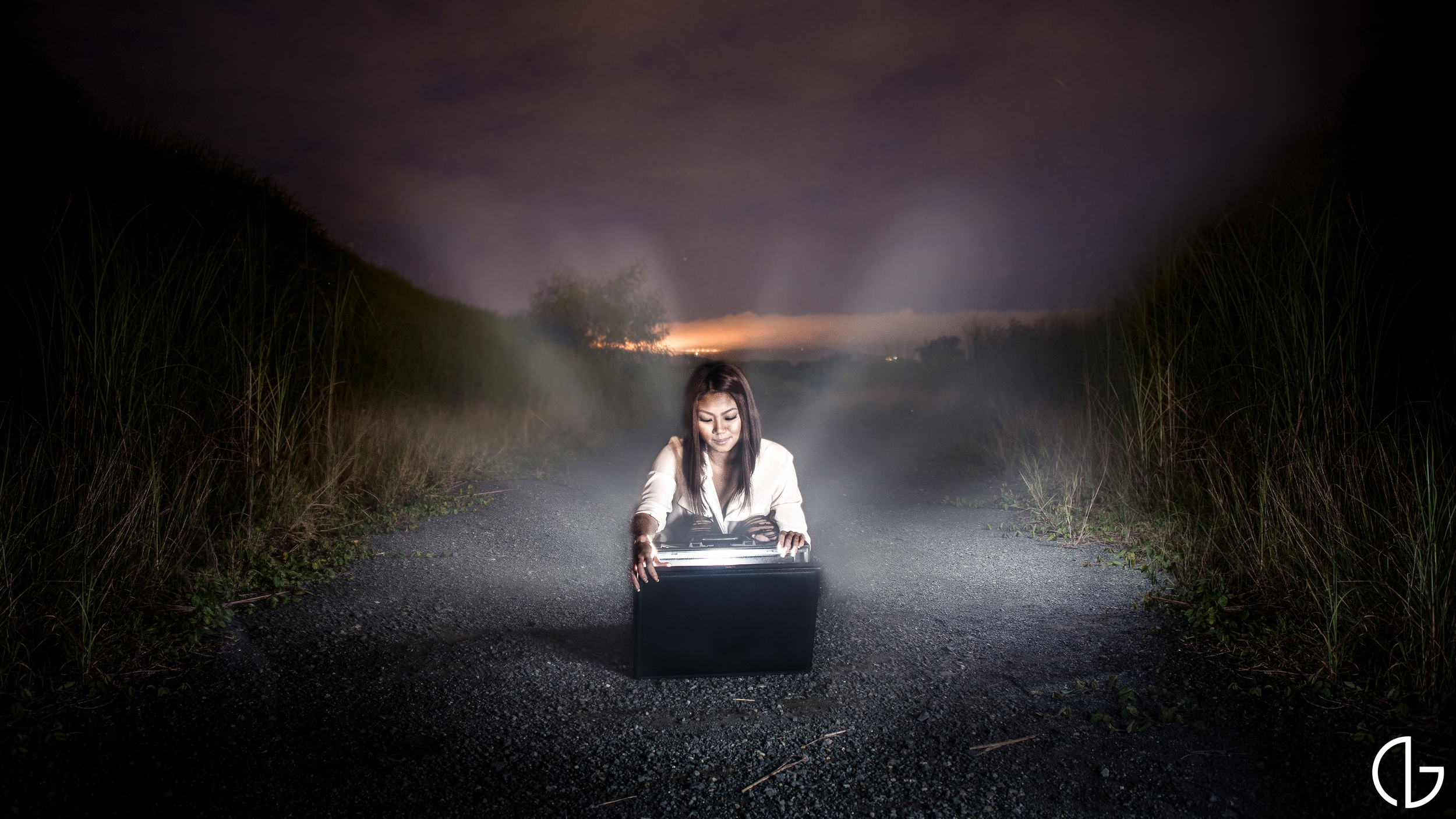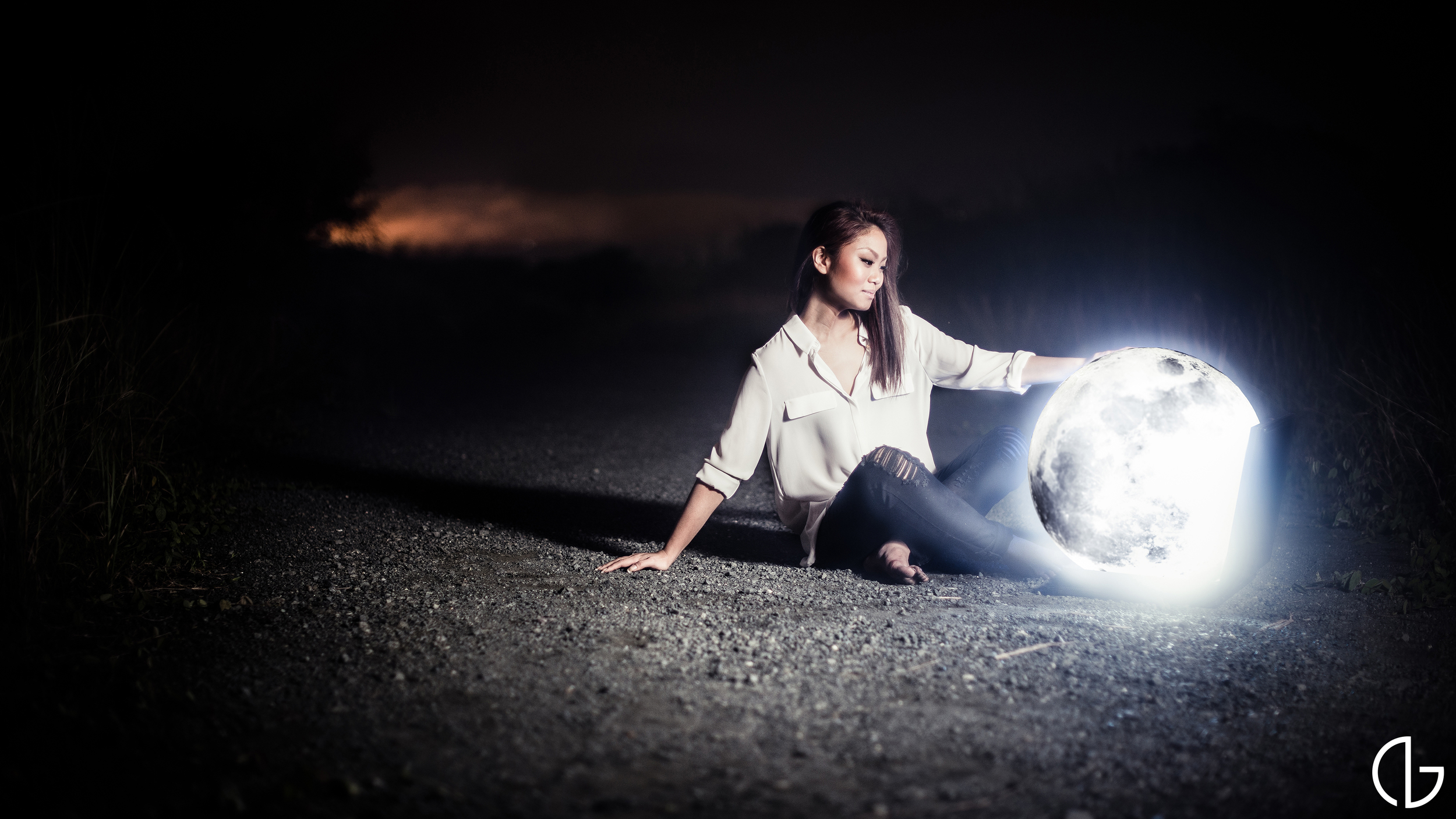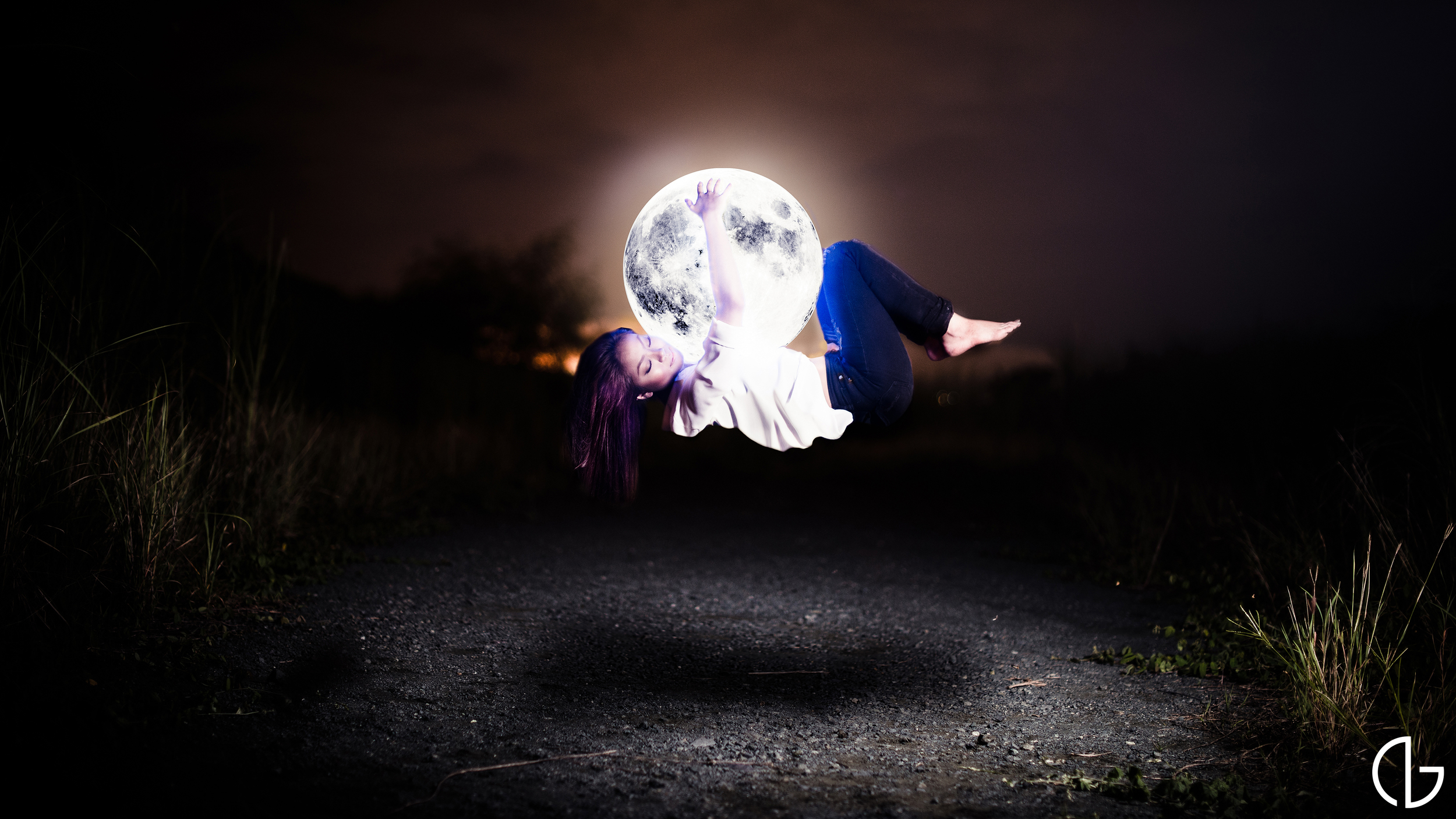An investigation into the different photography methods used by the Americans during their colonial occupation of the Philippines
Abstract:
The history of photography in the Philippines is as difficult to trace as the history of the country itself. Since the Philippines has been occupied and colonized, its history has been rewritten a copious number of times. From the words of Winston S. Churchill, “History is written by the victors”. After the invasion of the Spanish, Americans, and the Japanese, the Philippine culture and history has long been disseminated. Thus, tracing the photographic history of the country has become very problematic.
To create a successful timeline and history of photography in the Philippines, one must first study it in isolation. All the research and findings involved in this study is narrowed down to the American occupation and photographs that were taken during that era. During the American occupation, they used photography as a means of anthropology, surveillance, and propaganda to legitimize their colonial regime.
Introduction:
How was photography used by the Americans during the occupation of the Philippines from 1898 to 1946? The motive for this paper is to create a clearer and deeper understanding of my own country’s photographic history. Growing up in the Philippines, I was never exposed to its native photography history and I grew curious as to why. Philippine history has always been taught strictly using words and never photographs. I want to use this paper as an opportunity to rediscover what has been lost to us Filipinos. I chose to narrow it down to photographs taken by the Americans, in hopes of quarantining the unique voice of Filipino photography.
To fully answer this research question, several terms have to be initially defined and expounded. This is to create a standard terminology across this paper. A “photograph” is defined as a picture made using a camera, in which an image is focused onto film or other light-sensitive material and then made visible and permanent by chemical treatment, or stored digitally. Photography during 1898 to 1946 was limited to large, medium, and 35mm format film based cameras.
This paper explores the context in which Americans occupied the Philippines; as well as the use of photography as a means of anthropology, surveillance, and propaganda to legitimize their colonial regime.
Context
The first country to occupy the Philippines and instill colonial rule were the Spaniards, whose regime lasted from 1565 to 1898. The Spanish rule achieved the political unification of the country, which was previously divided into independent kingdoms. They were the first to establish the dispersed islands of the Philippines as one nation under one name and flag. The Spaniards implemented a nationwide public school system that aimed to educate the masses and introduced Christianity. The culture and language barrier promoted the use of imagery to convey information. Paintings and illustrations are examples of visual languages that were introduced as factual aids, which were a foreign concept for Filipinos but was easily digested.
After the discovery of the daguerreotype in 1839, the Spaniards were the first ones to introduce photography to the Philippines dating back to 1841. During that year, Don Sinibaldo de Mas arrived in the Philippines as a government diplomat for the Spanish King. He was tasked to record conditions in the colony and to relay that information back to Spain. He brought the daguerreotype with him from Spain to the Philippines. He was recorded to have taken photographs in the Philippines but unfortunately, none of it has been found.
Francisco van Camp, Indegena de clasa rica (Mestiza Sangley-Filipina), 1875
Indegena de clasa rica (Mestiza Sangley-Filipina) is one of the oldest portrait photographs recorded in Filipino history dating back to 1875, which was photographed by a Dutch photographer named Francisco van Camp. Capturing a woman of both Spanish and Filipino ethnicity symbolizes one of the main functions of photography in that setting; it was used to document the Spanish influence on the Filipino population.
In 1896, the Filipinos began to rebel against the Spaniards, culminating to the Philippine Revolution. It was in this revolution that photography was utilized in an entirely different approach. Instead of being a one sided instrument for the Spaniards, the Filipinos began to use photography to fuel their own point of view. When the leader of the rebellion, General Emilio Aguinaldo was exiled, photographer Manuel Arias Rodriguez was able to capture him in his dignified general uniform. This photograph became widely popular among the Filipino rebels and acted as inspiration.
Manuel Arias Rodriguez, Fusilamiento de Jose Rizal, 1896
Another inspiration to the Filipinos is Jose Rizal, who later became the country’s national hero. He wrote several books that exposed the crimes of the Spaniards which pushed the Filipino rebels over the edge. He was then executed on December 30, 1896. Prior to his death, Manuel Arias Rodriguez was able to capture a photograph of the scene. Just like the photo of Emilio Aguinaldo, photographs of Jose Rizal prior to his death were used by the Filipinos for the revolution.
During the same time of the Philippine revolution, America was at war with Spain over Guam and Cuba. American president McKinley offered to give aid to the Filipino rebellion. With the help of American troops, Emilio Aguinaldo, who would be the first Filipino president, declared the independence of the Philippines in 1898. Unfortunately, Filipino dreams of independence were crushed when the Philippines was transferred from Spain to America after the Treaty of Paris in 1898.
America needed the Philippines to gain control of Asia due to its highly strategic geographic location. However, they encountered several difficulties in gaining public support due to their exhaustive war against Spain. The masses were not motivated to send more troops to the Philippines for colonial control because they didn’t know anything about them. America then sent photographers to the Philippines as a means of anthropology, surveillance, and propaganda to legitimize their colonial regime.
Anthropology
In the early years of their occupation, barely any information about the Philippines was available in both written and photographic form. Frank D. Millet, one of the American writers that wrote about the Filipino-American war stated “the literature concerning the islands was phenomenally scarce…The Philippines, however, remained outside the kodak zone. He believed that photography would bring the Philippines into the realm of knowledge for Americans. In return, photographers would be the one to dictate the image of the Philippines. Therefore, America sent photographers to capture images of Filipinos and their respective environment, to help educate their own citizens back home. Two of the most essential photographers for the anthropological study of Filipinos were Dean Conant Worcester and Dr. Jenks.
Dean Conant Worcester was a member of the United States Philippine Commission from 1899 to 1901. Prior to his membership, Worcester had already travelled to the Philippines a couple of times. His first travel to the Philippines was on 1887, when he was invited by his university’s chair of the Department of Zoologist, Joseph Beal Steere. In his first trip, his interest with zoology brought him to photograph the Philippines with an anthropological intent. He wanted to capture everything to use for study. With the photographs taken on his trip, he published the book The Philippine Islands and Their People. It is one of four books that he published using photographs of the Philippines.
His photographic account of the Philippines was expansive, but not thorough. How does one achieve to portray a whole country through photographs? His decisions on whom and what to photograph disregarding his intent, framed the ideas of Americans of the Philippines. However, when one is to discuss intent and photography, Worcester was a constant opponent of Philippine independence and a firm believer in the colonial mission. He argued that “for their unfitness for self-government at the present time is self-evident.” His photographs were a reflection of his stance.
Dean C. Worcester, Head of Stairway occupied by First Philippine Commission. Manila, 1899
During his first travels to the Philippines, Worcester photographed the meetings between the members of the First Philippine Commission. He focused his camera on the ornate architecture of the city, as seen in his image of the Head of Stairway occupied by First Philippine Commission. In here, we can see him capturing the architecture as part of an anthropological study due to its point of view and lack of activity.
Dean C. Worcester, Portrait of Man and Woman in Costume with Ornaments, 1902
However, after discovering the hill tribe men, also known as Igorots, he focused all his attention to photographing them. He was instantly attracted to the Igorots, due to their seemingly remedial culture, and his original intent of showing Filipinos and their “unfitness”. Instead of pointing his camera towards the growing metropolitan cities like Manila, He chose to photograph the Igorots as the image of the Philippines. He photographed these hill tribe men in great detail amassing about 5000 photographs. Worcester was one of the first photographers to photograph subjects in nudity as part of an anthropological study.
Worcester’s anthropological studies and his photographs were a vital contribution to the Philippine’s first census that was published in 1903 by Dr. Jenks.
Albert E. Jenks, or commonly known as Dr. Jenks was a self-taught ethnographer that was hired by the Bureau of American Ethnology and was sent to Manila in the Philippines in 1902. His 1905 publication, The Bontoc Igorot was a milestone in American anthropology for being the first ethnographic study of a non-American Indian group by an American anthropologist.
Surveillance
As seen with the publishing of the first census, photographs were used to gather information not only about the anthropology of the people but also as data for the military. Prior to the American occupation, the Philippines was not a completely unified nation as they had previously believed. There were still some rebellions in the south caused by the Muslim population. Using photographs, they learned much about the Filipinos. Americans gathered information using photography as proof and evidence to anchor their tactics to fight the rebels. Since cameras were so scarcely available, they took advantage of it in the battlefield.
Long before the war was officially declared over, albums of photographs of bombed churches, cannons, Manila landmarks, and massacred Filipino “insurgents” were already being published in 1899. It was crucial for America to place the Filipino’s under the “Kodak zone”. They even solicited photographs from their own soldiers. Governor-General W. Cameron Forbes said that “If a photograph were needed, this bureau not only took it, but filed it away so that it might be available in the years to come”. The archive that they gathered of the Philippines was not just a collection of photographs but also a collection of scrutinized surveillance subjects.
America also sent the Thomasites to the Philippines, a group of five hundred American Teachers in 1901. They were to establish a new public school system, to teach basic education, and to train Filipino teachers, with English as the medium of instruction. The teachers not only taught the Filipinos but learned about their inherent culture as well. One of the Thomasite, Philinda Rand, took photos that show many aspects of Filipino life in Silay and Lingayen. These photographs became another tool for surveillance, as the teachers were requested to report back to show their progress.
Benito Vergara author of Displaying Filipinos (1995), argues that both travel literature and official colonial documents, both appropriate photography as an instrument of surveillance.
Propaganda
Ultimately, the American government used all of the previously mentioned types of photography for propaganda. Like previously stated, America needed the Philippines to gain control of Asia. The waning interest of the public became detrimental to that cause. Photography was vital for the manipulation of the public interest.
The power of photography is in its innate capability of making people believe and its capacity to be invested with truth. Yet, the amount of possibilities to disorient the meaning behind a photograph is limitless. Manipulation can occur in almost every part of the process of taking a photograph, for example, posing. In most of the photographs taken by Dean Worcester, which was brought back and shown to the American populace, the Filipino tribe men stood beside Americans. They were posed to look subordinate to the Americans as they stood awkwardly, half naked. However, when photographed alone and by a different photographer, the tribe men stood proud and dignified.
These photographs reflect the pre-construction of meaning specifically predicated on a colonial ideology, or also known as “White Man’s Burden”. Murat Halstead a war correspondent said that “It was foreordained since the beginning when God created the earth, that we, the possessors of this imperial American zone, should be a great Asiatic power.” Due to the technology of being able to reproduce and circulate these photographs, it was easy for the government to persuade the public that they were needed to intervene in the Philippines.
All these ideas and photographs regarding the splendor Filipino colonialism reached its peak in the 1904 St. Louis World Fair. Dr. Jenks was appointed supervisor for the Philippine exhibit at the St. Louis world fair. This exhibit was the culmination of the anthropological research and photographs that he and Worcester took while in the Philippines. The exhibit cost over one million dollars and consisted of 47 acres of space, 130 buildings, 70,000 exhibits, and 1,200 Filipino “natives”. The Filipinos were put in displays as if animals in a zoo, and were further exploited through the exhibit, travelling around America for a year due to its popularity.
The meticulous collection of photographs and foreign objects proves the American government’s deep surveillance of the Philippines. The exhibit was also divided among the different types of Filipinos, creating a focus on stereotypes, which is revealed with Daniel Folkmar’s Album of Philippine Types. This in return, made the ethnology of the Philippines easier to digest for the American viewers. The President of the Exposition, David R. Francis wrote, “From this school many millions of Americans will return to their homes, elated with a better appreciation of humanity at large and a far higher and prouder estimate of their own country and countrymen".
To further entice positive public opinion on colonialism, photographs of Americans educating and improving the Filipinos and their lives widely circulated. Photographs from the Thomasites for example, portrayed the impact of their public education system. These photographs were shown after the immense circulation of photographs that showed the inferiority of Filipinos.
Conclusion
In conclusion, the image of the Philippines and its inhabitants, in the point of view of Americans were intricately constructed by the American government, using photography for anthropology, surveillance, and propaganda to legitimize their colonial regime. From the words of Christopher Pinney, “those who controlled the representations [exercised] domination”.
Sources
Dumont, Jean-Paul, Visayan Vignettes: Ethnographic Traces of a Philippine Island. Chicago: University of Chicago Press
Halstead, Murat, The Story of the Philippines; The El Dorado of the Orient. Chicago: Our Possessions Publishing Co. 1898
Holt, Elizabet, Colonizing Filipinas: Nineteenth-Century Representations of the Philippines in Western Historiography. Quezon City, Phils.: Ateneo de Manila University Press. 2002
Hutterer, Karl. "Dean C. Worcester and Philippine Anthropology." Philippine Quarterly of Culture and Society 1 Jan. 1978: n. pag. Print.
Kroeber, A.L., People of the Philippines. New York: Anthropological Handbook Fund. 1928
Millet, Frank . The Expedition to the Philippines. New York: Harper and Bros. , 1899. Print.
Official Guide to the Louisiana Purchase Exposition, St. Louis: The Official Guide Co., 1904
Pinney, Chistopher, “Classification and Fantasy in the Photographic Construction of Caste and Tribe,” in Visual Anthropology 3, 1990
Russel, Charles Edward, and Eulogio Balan Rodriguez. The Hero of the Filipinos: The Story of Jose Rizal. Manila: The Century co., 1923. Print.
Vergara, Benito, Displaying Filipinos: Photography and Colonialism in Early 20th Century Philippines. Quezon City, Phils.: University of the Philippines Press. 1995
Worcester, Dean . "Knotty Problems of the Philippines." The Century Magazine 56 1 Oct. 1898: n. pag. Print.
"Academic Archaeology." : Anthropology : University of Minnesota. N.p., n.d. Web. 7 May 2014. <http://anthropology.umn.edu/labs/wlnaa/history/academic.html>.
"Philippine History." Philippine History. DLSU-Manila, 1 Jan. 2001. Web. 7 May 2014. <http://pinas.dlsu.edu.ph/history/history.html>.
"Photograph." Oxford Dictionaries, 1 Jan. 2014. Web. 3 May 2014. <http://www.oxforddictionaries.com/us/definition/american_english/photograph>.
Silva, John. "Nineteenth-Century Photography." Library Link - Featured Article. Library Link, 2 Apr. 2008. Web. 4 May 2014. <http://www.librarylink.org.ph/featarticle.asp?articleid=121>.
"The Dean C. Worcester Photographic Collection." . University of Michigan Museum of Anthropology, n.d. Web. 5 May 2014. <http://webapps.lsa.umich.edu/umma/exhibits/Worcester%202012/biography.html>.
"THE THOMASITES: EARLY AMERICAN TEACHERS IN THE PHILIPPINES." A Brief Story of the Thomasites. N.p., n.d. Web. 7 May 2014. <http://www-personal.umich.edu/~ninfa/nohs/thomasites.html>.
"Treaty of Paris of 1898." - The World of 1898: The Spanish-American War (Hispanic Division, Library of Congress). N.p., n.d. Web. 5 May 2014. <http://www.loc.gov/rr/hispanic/1898/treaty.html>.

















